 The Things She Left Behind
The Things She Left Behind
published in 2008 October,
by Sam Kashner,
online vanityfair.com
The tragic 1962 overdose … two filing cabinets holding many of her secrets: keys to the mystery that was Marilyn Monroe. As her estate battles for control of her image, the author describes the cache’s revelations—papers, furs, jewelry, and other items—which have cast a spell over several people, including photographer Mark Anderson, who spent more than two years documenting the disputed collection.
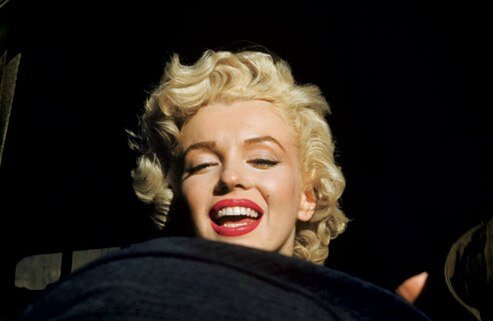
Monroe, as photographed in Korea by a U.S. Army corporal in 1954.
Photograph by Don Obermeyer.
Dr. Ralph Greenson, her psychiatrist, was probably the first to arrive, in the early-morning hours of August 5, 1962. Her personal physician, Dr. Hyman Engelberg, was also summoned to her bungalow, at 12305 Fifth Helena Drive. One of her lawyers, Milton “Mickey” Rudin, came and started working the phones. Arthur Jacobs, her chief publicist, was called away from the Hollywood Bowl, where he and his future wife, Natalie Trundy, were attending a concert on that warm summer night. In later years, Jacobs would never speak about the scene in her bedroom, because it was “too horrible to talk about.” The police got there around 4:30 a.m. And then there was the curious sight of Eunice Murray, the housekeeper who had discovered the body, washing the bedsheets in the middle of the night.
The actor Peter Lawford, President Kennedy’s brother-in-law, was not there, but he had been troubled by the way Monroe sounded in their last phone call, just before her death: “Say good-bye to Pat [Lawford]. Say good-bye to the president. And say good-bye to yourself because you’re a nice guy.”
Marilyn Monroe, the most famous movie star in the world, had succumbed to a prescription-drug overdose at the age of 36. Since then, the rumors and confusion about what happened before and after her death have never gone away: Was it suicide or an accident? Was she in fact murdered? The mystery has fueled her legend as much as any of the 30-plus films she made in her 15-year career, or the famous men she married—Yankee great Joe DiMaggio and playwright Arthur Miller—or her relationships with John and Robert Kennedy. Conflicting accounts of her last hours and the actual time and means of her death have served only to deepen the mystery.
Marilyn Monroe’s death received front-page coverage throughout the world. Gay Talese reported in The New York Times that the number of suicides in New York a week after her death hit a record high of 12 in one day. One suicide victim left a note saying, “If the most wonderful, beautiful thing in the world has nothing to live for, then neither must I.” Truman Capote, writing from Spain, recorded in a letter, “Cannot believe that Marilyn M. is dead. She was such a good-hearted girl, so pure really, so much on the side of the angels. Poor little baby.” Billy Wilder, while loudly complaining that it had been taxing to direct her in The Seven Year Itch and Some Like It Hot—two of her greatest and best-loved movies—recalled that it was “worth a week’s torment to get … three luminous minutes on the screen.” In Italy, Sophia Loren broke down and wept. Joshua Logan, who directed Monroe in the film version of William Inge’s Bus Stop, paid her the ultimate compliment when he compared the “dumb blonde” character she created to Chaplin’s Tramp, one of the great comic inventions of the 20th century.
There was another person in the house on Fifth Helena that morning, a shadowy figure in most of the Monroe biographies: Marilyn’s business manager, Inez Melson, a plump woman in her early 60s, who had been recommended by Joe DiMaggio. She sat quietly going through Marilyn’s personal papers.
Melson had had the thankless task of looking after Gladys Baker Eley, Monroe’s mother, a schizophrenic who was institutionalized off and on throughout her adult life. Marilyn—born Norma Jeane Mortenson—didn’t like to visit her, but Melson treated Gladys as if she were her own mother, and she regularly gave Monroe lovingly detailed reports of her “progress.”
Additionally, Marilyn had become a daughter figure to Melson, who had a troubled relationship with her own daughter, Emmy Lou. In a handwritten 1957 letter to Melson, Marilyn wrote, “I wish there were some way I could tell Emmy Lou what a wonderful mother she has.” But, in truth, Marilyn never felt close to Melson—she was a painful reminder of her own mother, estranged since childhood.
Joe DiMaggio had put Melson in the job to look after things, to keep an eye on Marilyn, to report to him about what she was up to. She was supposed to be the Yankee Clipper’s spy in the house of love. Now she had a funeral to arrange. Joe put her in charge. Their “baby” finally belonged to them. DiMaggio sat up all night with the body and, along with Melson, helped to select an apple-green sheath dress of nylon jersey. Melson, by her own account, removed 15 bottles of prescription medicine from the bedside table.
There were also two filing cabinets, one gray and one brown, to deal with. Frank Sinatra had advised Monroe to get them to protect her privacy. One had a built-in safe hidden behind a faux drawer. That’s where her personal life was, in those files: the letters, invoices, financial records, favorite snapshots, and mementos that meant the most to her. Now Melson had control of the filing cabinets. After years of looking after Gladys and getting little in return, she was going to become an important person in Monroe’s posthumous life. Marilyn’s secrets would belong to her.
During the 48 hours after Monroe’s death, while the police were busy taking statements and photographs, Melson removed papers from the filing cabinets and stuffed them into a shopping bag. She also called the A-1 Lock & Safe Company to change the lock on one of them.
Monroe’s will, filed for probate on August l6, established a $100,000 trust to provide her mother with $5,000 per year and Mrs. Michael Chekhov, the widow of one of her acting coaches, $2,500 a year. She left $10,000 to her half-sister, Berniece Baker Miracle; $10,000 to her former secretary and friend, May Reis (with a provision that she could inherit more); and $5,000 to the playwright and poet Norman Rosten and his wife, Hedda. Curiously, she left 25 percent of the estate’s balance to further the work of her New York psychiatrist, Dr. Marianne Kris, who had disastrously incarcerated her, briefly, in a padded cell in New York’s Payne Whitney Clinic in 1961, when Monroe was suffering from insomnia and exhaustion.
The most valuable portion of the estate, including all of her “personal effects … [to be distributed] among my friends, colleagues and those to whom I am devoted,” was left to Lee Strasberg. In 1955 Strasberg and his wife, Paula, had welcomed Monroe into the Actors Studio, the country’s most prestigious acting school and purveyor of “the Method,” which had famously launched the careers of Marlon Brando, Montgomery Clift, and James Dean. The Strasbergs had believed in her talent, making her part of their family. Paula had replaced Natasha Lytess as Marilyn’s personal acting coach and had been well paid for it.
The Strasberg bequest would eventually net the heirs tens of millions of dollars from film royalties, the sale of her personal belongings, and the licensing of her image over the last 45 years. A fortune would accrue to a woman Monroe had barely known: Lee Strasberg’s third wife, Anna Mizrahi Strasberg. (Monroe met Anna once, at a United Nations event, years before Paula Strasberg’s death.)
It must have been a blow to Inez Melson that she was not named in the will. Nonetheless, the court appointed her special administratrix of the Monroe estate, most likely due to the influence of Joe DiMaggio, who by many accounts had been planning to remarry Marilyn. Shortly after the funeral, Melson entered the house with Marilyn’s half-sister, Berniece Miracle, and sorted through the actress’s personal effects. “We sat around the fireplace,” Miracle wrote in her overlooked 1994 memoir, My Sister Marilyn, “watching Inez burn papers all day long.” Melson put Monroe’s red leather Gucci shopping bag on the floor, saying, “Put what you want to take home in here,” and noting that Marilyn apparently saved every letter Arthur Miller had ever written her.
Melson herself, it seems, put aside furs, jewelry, hats, perfume bottles, and handbags, and they readied the rest of Monroe’s things for the estate sale that would take place in 1963, which offered “Personal Property Likely To Depreciate in Value.”
 (Monroe at her Los Angeles home, by Life photographer Alfred Eisenstaedt, in 1953. By Alfred Eisenstadt/Time & Life Pictures/Getty Images).
(Monroe at her Los Angeles home, by Life photographer Alfred Eisenstaedt, in 1953. By Alfred Eisenstadt/Time & Life Pictures/Getty Images).
The gray cabinet—“Metal 4 drawer filing cabinet, legal size with lock”—was included in that sale and bought under the name of Melson’s nephew W. N. Davis, without his knowledge. It was delivered to 9110 Sunset Boulevard in West Hollywood, Melson’s office address.
The brown filing cabinet was apparently removed from the house by DiMaggio, and personally delivered, some six years later, to Melson’s home, in Los Angeles, where it remained until her death, in 1985, when the two cabinets were passed on to her sister-in-law, Ruth Conroy, of Downey, California, and in turn to Conroy’s son Millington Conroy, a perfume and cosmetics salesman. The two cabinets—along with furs, hats, handbags, and jewelry—were taken to Conroy’s suburban home in Rowland Heights, 25 miles outside of Los Angeles.
Love at First Sight
Marilyn was divine and profane at the same time, and she quickly entered the realm of myth and metaphor as Hollywood’s most famous martyred saint. At the height of her fame, she had received 5,000 fan letters a week. Many were from men and women who talked about the sadness in her eyes, her vulnerability, and how they identified with her. Her immortal fame was parodied in the “Church of Marilyn” scene in Ken Russell’s 1975 film Tommy in which blonde priestesses in Marilyn masks offer sacraments of whiskey and pills beneath a statue of Monroe. Today, there are still legions of Marilyn Monroe fans, including several high-profile celebrities. Madonna, Charlize Theron, Scarlett Johansson, and Nicole Kidman all worship at the Church of Marilyn, as does Lindsay Lohan. For the February 18, 2008, issue of New York magazine, Bert Stern photographed Lohan in a re-creation of his famous, final portrait series taken at the Hotel Bel-Air six weeks before Monroe’s death. But in fact, two years earlier, Lohan had channeled Monroe in a white bathing suit on the cover of Vanity Fair, in a tribute to André de Dienes’s sun-drenched images of a young Marilyn frolicking on the beach. Marilyn has become the patron saint of the lost girls of our own era—Lohan and Amy Winehouse and even Britney Spears—gifted performers knocked around by celebrity, constant surveillance, and the echoes of Marilyn’s own self-doubt.
From Marilyn’s first film, Scudda Hoo! Scudda Hay!, in 1948, to her last, The Misfits, in 1961, she went from studio-issue blonde bimbo to Method-trained, heartbreaking actress of depth and soul. She moved beyond camp—that was her genius. That’s how she differed from Jayne Mansfield and Mamie Van Doren and Sheree North—blonde, busty actresses in the Marilyn mold that Hollywood used in its attempt to replace her. But she was irreplaceable.
In September 2007, Mark Anderson, an Australian-born photographer living in Los Angeles, contacted Vanity Fair to say that he had spent the last two years photographing everything in Millington Conroy’s archive. Was this the real thing or would it turn out to be the Hollywood equivalent of the Hitler diaries, the 1983 hoax that was supposed to be the Führer’s most intimate rantings, quickly discredited by several experts? If it was the latter, it wouldn’t be the first time a fraud had been perpetrated in Marilyn World. Most recently, Robert W. Otto curated an exhibition of Monroe memorabilia for display on the Queen Mary in Long Beach, California, from November 11, 2005, through June 15, 2006. At least one of the items, a set of Clairol 20 Instant Hairsetter rollers with a strand of hair described as Marilyn’s, was found to have been manufactured after Monroe’s death and was removed from the exhibition.
Anderson, 49, who still resembles the brawny surfer of his youth, is a scrappy, resourceful photographer with a jaunty Australian accent. On a moonless night last September, we drove to Rowland Heights in his black Ford Expedition to a large, Spanish-style suburban house on a cul-de-sac, surrounded by tall palm trees. As we pulled up in front of the house, Anderson called Millington Conroy on his cell phone. Conroy was in Las Vegas that weekend, but Anderson had been given the run of the house (one of two that Conroy owned), where he had been photographing all the items in the filing cabinets. Over Anderson’s cell phone, Conroy told me, “Prepare yourself. What you’re about to see will blow you away.”
It was pitch-black. The huge date palms surrounding the house somehow made the darkness more ominous. During the drive, Anderson had explained that he first met Conroy, now 56, a lanky man with white hair and light-blue eyes, in November 2005 at the Santa Monica office of Bodyography, a small cosmetics company where Conroy was head salesman. “Mill,” as he’s called, was wearing denim shorts and a T-shirt and was carrying rumpled Target bags. When he pulled out a luminous pearl necklace that he claimed had been given to Monroe by Joe DiMaggio, as well as several receipts made out to “Mrs. Arthur Miller” and letters addressed to “Mrs. Joe DiMaggio,” Anderson was hooked. Immediately after the meeting, he had his lawyer draft a letter of intent to photograph the archive, which Conroy signed at their initial meeting at the Rowland Heights house.
At first, Anderson couldn’t believe his good fortune. He remembered how bowled over he was the first time he had seen her, in Some Like It Hot, when he was just a boy in Australia. “Who ever forgets the first time they saw Marilyn Monroe?” he says. “As time went by [photographing the archive], I got even more interested in the whole thing. And then that was it—I’d been bitten. The poison was in my veins.”
Before we entered the house, Anderson disabled the alarm. The front door opened to a living room with a peach-and-ivory décor, which was continued throughout the house. Anderson had turned the living room into a photographic studio, with lights, cameras, and seamless backdrops. A collection of exquisite handbags was artfully arranged on one surface, beautifully lit so they glittered like jewels. On the floor lay a black Persian-lamb jacket with a mink collar next to a gold-clasped leather bag. We proceeded into a small office off the hallway, passing the two filing cabinets, which stood side by side next to the kitchen. In the office, Anderson showed me a number of Monroe’s documents—letters, receipts, ledgers, telegrams—which were kept in a large black safe and impeccably preserved in plastic sleeves in three-ringed notebooks.
Anderson explained that this was a far cry from his introduction to the collection, which had been jumbled together in Target bags and padlocked behind impressive bars and chains in one room. The first time Anderson visited, Conroy dumped folders of papers onto the kitchen table—receipts “for a pair of shoes she bought in Bloomingdale’s, champagne she bought at Jurgensen’s, one for lunch at Chasen’s, dated 1960. A Jax clothing receipt, a psychiatrist’s receipt from Marianne Kris.”
At one point, Anderson recalls, Conroy told him to close his eyes while he fetched something from one of the cabinets. Anderson heard the metal bars on the office door slide back with a loud clanging, and he braced himself, half expecting to “get whacked across the back of the head with a baseball bat.” Instead, Conroy placed in his hands a cold, hard object that slid between his fingers. He thought it was a necklace till he opened his eyes and saw he was holding rosary beads. “They were really beautiful. I mean gorgeous—part onyx and part dark-green stones. The crucifix was gold and large, larger than normal. They were so worn they looked more like worry beads than rosary beads. I was strangely moved,” he says. Conroy believed that they had been given to Marilyn by DiMaggio and had once belonged to DiMaggio’s mother.
Anderson asked Conroy the $64,000 question: “Are there any Kennedy letters?”
“Yes, there are.”
Conroy brought out a white envelope, which Anderson assumed contained them. Instead there was a sheaf of other letters, on good-quality cream-colored paper. As Anderson began to read one of them, he noticed poems or fragments of poems written in pencil along the margin of one of the typed pages. “I remember thinking whoever wrote it was very much infatuated with Marilyn. It was very deep, all about how their heart was torn by seeing her. It was just too intense.” The letter was signed “Googie” or “Gookie.” Conroy gently tugged the paper out of Anderson’s hand.
“Do you want to see this letter? Trust me, you’re going to die.”
He handed Anderson another letter, covering the signature. And then he revealed it: three-quarters of an inch high, it read, “All my love, T. S. Eliot.”
Anderson stared at it for a few seconds, until that letter, too, was pulled from his hand. “I was numb. T. S. Eliot was writing letters to Marilyn Monroe?”
According to Anderson, Conroy told him, “Not just letters. Love letters.”
“Oh, my god,” Anderson responded. “This is big news. This is history!”
“I know, but you’re missing the point. Everything I have is history,” said Conroy as he slid the letters back into the white envelope.
In early 2006, after Anderson began photographing the archive, he realized there was enough material to fill a book, an idea Conroy came to endorse. But they needed someone to write the text. Conroy first called Seymour Hersh, the former New York Times journalist (now with The New Yorker), who had won a 1970 Pulitzer Prize for breaking the My Lai massacre story. Hersh, along with Peter Jennings of ABC News, had been to the Rowland Heights house about 10 years earlier to research a TV documentary on the Kennedy presidency, with executive producer Mark Obenhaus. “I remember they did show us some photographs we had never seen before,” Hersh recalled recently. “They knew their stuff. But the people in the house definitely tried to sell us things. It’s hard to remember—that was three wars ago.” Hersh, however, politely declined their invitation to write the text, as he was working on another book at the time.
Camelot or Spamalot?
That’s when Anderson contacted Anthony Summers, mentioning the existence of a number of letters and other archival material, including five or six letters or notes from the Kennedy brothers, a letter from Monroe to Joe Kennedy, a note from the gangster Sam Giancana, Monroe’s doodles and notes and possibly her notebooks, her jottings on politics, and a letter from DiMaggio to Inez Melson written after Monroe’s death. It was the Kennedy letters that most intrigued Summers. An Oxford-educated journalist, he wrote the best-seller Goddess: The Secret Lives of Marilyn Monroe, and had met with Melson in 1983 and with Ruth Conroy in 1986. But if there were Kennedy letters, Melson and Conroy had kept them to themselves.
“The truth is,” Conroy told Summers over the phone, “my mother only showed you one of the two filing cabinets.”
Summers recalls, “I knew Inez Melson had worked for Monroe, I knew she’d kept at least one filing cabinet, and I knew it had contained some interesting material. So I thought to myself, ‘It looks like I’m going to have to get myself out to L.A., then, doesn’t it?’ ” On July 29, 2006, he flew in from New York, where he had been working on another project at the time. Just before departing, however, he got word from Conroy that the alleged Kennedy and Giancana letters, which supposedly were being held in storage by a memorabilia dealer and acquaintance of Conroy’s, had apparently been lost. “Some hope was still held out that some of the significant stuff would be there when I got to L.A.,” Summers explains, “and [I was] intrigued by the possibility that I’d wind up finding myself writing about a scam. Knowing, too, that any second file cabinet of Monroe material might contain something of significance, I decided to press on to L.A.”
Summers had enjoyed meeting Inez Melson 23 years earlier. “I liked dear Inez,” he says, recalling that he brought her chocolates and flowers. When he first went to her modest home, in Laurel Canyon, she was having circulatory problems and sat with her leg up on a chair. She mentioned the existence of a filing cabinet, but she wasn’t mobile enough to show it to him on that visit. After a long conversation, Melson directed Summers to cross the room and extract a letter from her dressing table. “She seemed to come to feel she could trust me,” Summers remembers, “and my impression was that she wanted to get off her chest something that had long upset her.” She told him, “I want to show you something, young man, that I totally disapprove of.” It was a letter from Jean Kennedy Smith saying, “Understand that you and Bobby are the new item,” which has long been taken as proof of an otherwise unproven affair between Monroe and Robert Kennedy. The only other item Melson showed him was a clock she claimed had belonged to Joe DiMaggio.
Before Summers departed, Melson promised him, “When I’m better, I’ll show you the filing cabinet.” But she didn’t get better, and in 1985 she died. The following year, Summers got a call from Melson’s sister-in-law, Ruth Conroy, who invited him to peruse the material she’d “inherited” from Melson. Summers did so, and he “published what was worthwhile in the paperback edition of Goddess.” But again Ruth Conroy had shown him only one of the two filing cabinets. If there were Kennedy or Sam Giancana letters, Summers never saw them.
When Summers arrived at the Rowland Heights house in July 2006, Conroy confirmed that the Kennedy letters—along with a blue shoebox containing love letters from Joe DiMaggio—were missing. But Conroy assured both Summers and Anderson that he was on the case, hiring a lawyer and planning to travel to Miami to search for the letters himself. The memorabilia dealer, Bruce Matthews of Gotta Have It Golf, Inc., however, told Vanity Fair over the phone, “I never saw Kennedy letters. I would have noticed something like that.”
But there were other letters that Conroy wanted to show Summers. “I remember it was dark, and Summers was standing in the kitchen, drinking a cup of coffee,” Anderson recalls, “and Mill comes walking out of the small office that had the gray filing cabinet in it at the time. And he’s got the white envelope with the T. S. Eliot letters” to show Summers, perhaps as a kind of consolation prize. But Summers dismissed what he saw: not the letter signed by T. S. Eliot that Anderson had seen, but fragments of poems with the name “T. S. Eliot” scrawled in the margin. Summers believed the attributions were probably written by Monroe’s friend Norman Rosten. (Summers says that Conroy told him there were in fact no Eliot letters, just the marginal scribble he’d seen, but Conroy told Vanity Fair that he had just decided not to show Summers any more of the correspondence.)
Conroy made one last attempt to persuade Summers to come in on his and Anderson’s book project. Anderson recalls that Conroy led them upstairs to one of the two bedrooms and placed on a table an alligator jewelry case bearing the abbreviation “J DiM,” for Joe DiMaggio.
Earlier, Conroy had given the jewelry case to Bruce Matthews to sell, but Matthews had been so impressed by it, he’d returned it to Conroy—by hand—because “it seemed so personal, I didn’t want to exploit it.” Summers doesn’t recall ever seeing the jewelry box, but he does remember seeing articles of clothing Conroy said had belonged to Monroe in the closet of an upstairs bedroom, in which Conroy invited Summers to spend the night.
Too tired to object, Summers accepted the offer. Close to one a.m., he recalls, “I got up to use the loo and the only one I’d seen in the house was downstairs. There’s Millington, sitting up in the living room, watching TV.” Summers noticed that not far from where Conroy was seated, the “once neatly filed collection of papers lay scattered around—a blizzard of paper, strewn absolutely everywhere.” The two men exchanged a second cheerful good-night, and Summers left the following day, “doubting greatly that the Kennedy material had ever existed.”
But his saga with Mill Conroy was not over. On March 14, 2007, Summers received an e-mail saying Conroy no longer wanted any participation from him, and accusing him of plotting to steal documents and of “sneaking down stairs to look at my materials.” Summers was incensed. “My reputation as a biographer and a journalist was impugned when Millington accused me of pilfering documents.” He e-mailed Conroy the next day, refuting his accusations and cautioning him, “Please be aware that dissemination of scurrilous accusations may make you liable to suit,” thus ending his involvement with Conroy, Anderson, and the Monroe collection. (When asked about these accusations, Conroy refused to participate further in this article. “He went down a gopher hole,” Anderson explained. “You’ll never hear from Mill again.”)
The Two-Year Itch
“I don’t think Anthony Summers really cared about Marilyn Monroe,” Anderson says about the brouhaha. “You know, he published a picture of her in the morgue in his book. There’s no blood circulation, and she looks terrible.”
But by then Anderson was speaking as Monroe’s last photographer. He’d begun his career by taking pictures for Surfing World, and then for European Esquire and Premiere. By the time I first spoke with him, he had been photographing Monroe’s personal correspondence, her jewelry, her furs, and her handbags for almost two years, and he admitted he had fallen a little bit in love with her, just as all her photographers had. Like Dana Andrews’s infatuation with Gene Tierney’s portrait in Otto Preminger’s 1944 film Laura, Anderson was haunted by the ghost of Marilyn. He was having trouble sleeping at night, at one point he was drinking too much, and on occasion he called Marietta, his wife, “Marilyn.” He had decided that the best way to photograph the items in the archive—the 400 canceled checks, the ledgers and memos and letters—was to place them against a backdrop of rose petals. So he was spending his mornings at the Los Angeles Flower Market buying roses, like a hopeful suitor. “Imagine the power of this woman who has been dead for 45 years,” Marietta observed, “that I was becoming jealous.” Curiously, Laura was one of Monroe’s favorite movies. She once gushed to David Raksin, who composed the film’s famously seductive theme, that she had seen it at least 15 times. Raksin returned the compliment when he purchased some of Marilyn’s furniture at the 1963 auction of her personal effects.
After Summers left the house, Anderson recalls, Conroy turned to him and confessed, “By the way, I sold the rosary beads. For $50,000.” Anderson was horrified, and he began to worry about the fate of the collection. What else had been or was being sold off? And where were the Kennedy and DiMaggio letters—if they had ever existed? According to Anderson, Conroy claimed he had flown to Miami to search for them in Matthews’s garage. But Matthews says that, as far as he knew, Conroy had never come to Miami to search for letters. (Matthews did, however, sell the rosary beads for Conroy. “He was kind enough to entrust me with certain personal items of Marilyn’s,” he told Vanity Fair.)
Seven months later, Lois Banner entered the picture. Banner is a professor of history and gender studies at the University of Southern California. Born in Los Angeles, she is a lively woman with light-blond hair, a quick laugh, and an easy manner. She lectures on Monroe in her classes at U.S.C. and was quoted in a January 2007 L.A. Weekly story about the Marilyn Monroe fan-club phenomenon in Los Angeles. The article caught the attention of Conroy and Anderson, who invited Banner—“the Professor,” as Anderson calls her—to examine the archive and consider collaborating with them on their book project. They are an unlikely pair, this energetic 64-year-old professor with a shelf full of scholarly books and this photographer from Australia with his Mad Max swagger. Anderson “tried reading one of Lois’s books. I didn’t understand one word,” he says. “It was like ‘the idea of the concept was obtusely literal’ … that kind of thing. I fell asleep in a minute. But don’t get me wrong, I love her.” And Anderson’s work on the Monroe archive has earned him Lois Banner’s admiration. “Mark is very smart,” she tells me. “He’s an incredible researcher. He would’ve made a great scholar—he knows where to dig.” And so the two of them—the professor and the photographer—tunneled their way toward Marilyn’s buried life.
“The minute I saw Mark’s photographs,” Banner recalls, “I knew I wanted to be involved. What I saw in them was a kind of aesthetic beauty that could help put Marilyn into a realm where she would be honored and respected.”
The Misfit
On September 23, 2007, I returned to the Conroy house in Rowland Heights. This was my third visit to the archive, but Conroy, though we had spoken on the phone, had yet to make an appearance.
As on my previous visits, Marilyn’s artifacts were strewn throughout the living room and on the dining table, ready for their close-up: a diamond-encrusted wristwatch; a tiny porcelain parakeet; a small, army-issue sewing kit likely given to her in Korea; her last, nearly empty bottle of Chanel No. 5, which Inez Melson had plucked from her night table in the early aftermath of her death, according to Conroy. There, too, was a small, square, gold-plated compact, the remnants of her powder intact. The objects were beautiful and now seemed possessed of an eerie glamour.
Banner and I sat down at the kitchen table and began to peruse folders of Marilyn’s correspondence and documents while Anderson photographed in the living room. She had worked with him to preserve the entire collection—all 12,000 items—in Mylar sleeves, and had been impressed and unexpectedly moved by what she’d found there. As to the archive’s authenticity, she explains, “There’s no way one person could have put all this together. This is her handwriting, these were the people she surrounded herself with. Nearly every receipt is here—she kept them for tax purposes. This shows us Marilyn Monroe living her life, one day at a time. It shows us different sides of Marilyn that are not in the biographies. It adds depth and understanding of who she was as a private person.”
For example, asks Banner, who knew that Marilyn was planning to write and publish a cookbook? Mary Bass, executive editor of Ladies’ Home Journal, had sent her recipes for bouillabaisse and beef Burgundy. And many of Monroe’s thank-you notes (dictated by Monroe, with carbon copies on onionskin) reflect her charm and wit. To the German consulate general in Los Angeles, she wrote, “Dear Mr. von Fuehlsdorff: Thank you for your champagne. It arrived, I drank it, and I was gayer. Thanks again. My best, Marilyn Monroe.”
There are numerous receipts: for a black boa and a white ostrich boa for $75 each at Rex of Beverly Hills; for thousands of dollars’ worth of clothes purchased at the popular clothing store Jax (which specialized in tightfitting slacks that zipped up the back) and at Bloomingdale’s, two of her favorite stores; from the Maximilian Fur Company, on West 57th Street, in New York, made out to Mrs. A. Miller, for storing a “White Ermine coat and Black Fox stole trimmed with silk, Ranch Mink coat, White Beaver coat, White Fox stole, Black Fox stole, White Fox stole and White Fox muff,” etc. “All the checks she ever wrote are here,” says Banner. “You find narratives about her life simply from those checks. She was spending money like a drunken sailor. She loves furs.”
Looking through the ledgers, Banner comments, “The amount that she’s spending is unreal. She’s spending on clothing, and then these salaries for all these people—there’s a registered nurse in here, September 26, 1961. That’s the point at which she’s in very bad shape [emotionally], and [Dr.] Ralph Greenson has private nurses for her around the clock. She fights with them. They all quit. That’s why he brings Eunice Murray in. Here’s Elizabeth Arden. She goes for facials quite frequently. And then her hormonal shot She goes to somebody’s clinic in New York on quite a regular basis.”
The ledgers show that Marilyn had a more than $4,000 overdraft when she died, though newspaper accounts at the time credited her with an estate worth roughly $500,000. An inter-office memo from her secretary, Cherie Redmond, reads, “The fewer people who know about the state of MM’s finances, etc., the better.”
Banner notes that Monroe was “spending outrageously in 1961 and 1962, and borrowing all over the place. She’s always on the edge of financial chaos.” In a letter dated June 25, 1962, her lawyer Milton A. Rudin warned Marilyn, “I feel obligated to caution you on your expenditures since at the rate you have been making those expenditures, you will spend the $13,000 in a very short period of time and we will then have to consider where to borrow additional monies.” According to a year-end cash-receipts-and-disbursements statement, in 1961 Marilyn paid Paula Strasberg $20,000 in addition to buying her 100 shares of AT&T for over $11,000. And a letter from Cherie Redmond notes that in April 1961, Monroe paid Strasberg $10,000 for “4 wks salary MISFITS.”
Banner also discovers from Monroe’s ledgers that “DiMaggio, as long as they were married, was really generous to her. He gave her money. And you can find that when she was married to Arthur Miller she gave him money. She was basically, for a while, supporting him.”
But perhaps the most curious ledger entries are two from May and June of 1953. The first one, for $851.04, was a payment made to Mrs. G. Goddard. Grace Goddard had been Marilyn’s legal guardian; she had been Gladys’s best friend, and it was she who had brought about Marilyn’s marriage at the age of 16 to James Dougherty. The second payment is for $300, and it’s also made out to Goddard. Both carry the notation “medical.” They could be medical expenses for Goddard—Monroe was generous to a fault—but the possibility does exist that these sums were used to cover an abortion, long a subject of speculation. As Banner noticed, the ledger-entry dates coincided with Monroe’s entering a hospital to be treated for endometriosis. In 1953, Monroe’s career was soaring; it was the year she and Jane Russell famously planted their handprints in wet cement in front of Grauman’s Chinese Theatre. The last thing she needed then was an unwanted pregnancy, in an era when an out-of-wedlock birth would have ended her career.
Other memos and letters settle scores or reveal just how much Monroe sought to be in creative control of her films. For example, Monroe and Tony Curtis were not simpatico on the set of Some Like It Hot; he described their steamy romantic scenes as akin to “kissing Hitler.” Apparently, Curtis also left her cold: she hadn’t wanted him as her co-star from the beginning. Minutes of a business meeting that took place on April 3, 1958, in her and Arthur Miller’s Manhattan apartment, in the Sutton Place neighborhood, describe a discussion with two of her agents, Mort Viner and MCA president Lew Wasserman, about casting preferences for Some Like It Hot: “She is waiting for Sinatra to enter the picture. She still doesn’t like Curtis but Wasserman doesn’t know anybody else.”
Also among her files are a handful of photographs. There’s a black-and-white snapshot of Norma Jeane—before she became Marilyn Monroe—at Emmeline Snively’s Blue Book Modeling Agency, taken in 1945 at the Ambassador Hotel in Los Angeles. Another snapshot shows a shy, slightly plump Monroe sitting on the floor, her legs tucked under her, in an informal class at the Actors Lab, a Los Angeles spin-off of New York’s Group Theatre. In 1947, she’s already taking her craft seriously, years before she enrolled in the Actors Studio, in New York. “It was my first taste of what real acting in real drama could be, and I was hooked,” she said about the experience.
Then there’s the dazzling, sun-drenched snapshot of her standing in the passenger’s seat of a Jeep. She is dressed in a bomber jacket and looking radiantly happy—as if she were made of light. The photo was taken in Korea when she traveled there to entertain the troops in 1954. “There’s no way in the world,” Anderson says, “you could know who took that picture.” Though she’d posed for all the important photographers of her day, Marilyn always kept this snapshot with her, moving it from handbag to handbag. On the back of the print, she wrote in her deeply slanting handwriting, “I like this one the best.”
And there’s the grateful letter from Mr. and Mrs. N. T. Rupe, of Tacoma, Washington, the parents of a soldier stationed in Korea, who recounted his words: “Two days ago, Marilyn Monroe played before 12,000 men of this division.… [S]he appeared in a low cut, sheathe dress of purple glittery sort of material. She is certainly beautiful!!! When she appeared on the stage, there was just a sort of gasp from the audience—a single gasp multiplied by the 12,000 soldiers present.” (It was upon her return from this exhilarating trip to Korea that Monroe had exclaimed to her husband, DiMaggio, “Joe, you never heard such cheering!” To which the fabled Yankee slugger replied, “Yes, I have.”)
Her correspondence reveals her genuine interest in politics. In the carbon copy of a March 29, 1960, letter written to Lester Markel, then Sunday editor of The New York Times, she playfully flirts with him while discussing various presidential candidates:
Lester dear, …
About our political conversation the other day: I take it back that there isn’t anybody. What about Rockefeller? … [Adlai] Stevenson might have made it if he had been able to talk to people instead of professors. Of course, there hasn’t been anyone like Nixon before because the rest of them at least had souls! …
P.S. Slo[g]ans for late ’60:
“Nix on Nixon”
“Over the hump with Humphrey (?)”
“Stymied with Symington”
“Back to Boston by Xmas—Kennedy”
Some of the most compelling items from the files are tender and funny letters she wrote to Bobby and Janie Miller, Arthur Miller’s two children from his first marriage. In one letter to “Bobbybones,” Monroe describes her first meeting with Robert Kennedy:
Oh, Bobby, guess what: I had dinner last night with the Attorney-General of the United States, Robert Kennedy, and I asked him what his department was going to do about Civil Rights.… He is very intelligent, and besides all that, he’s got a terrific sense of humor. I think you would like him. Anyway, I had to go to this dinner last night as he was the guest of honor and when they asked him who he wanted to meet, he wanted to meet me.… [A]nd he isn’t a bad dancer either.
Sometimes, Marilyn endearingly writes in the voice of Hugo, the family’s basset hound, as in the following letter to “Janie”:
How is my own Mommie? Boy, was I glad to get your letter written only to me! Of course Daddy and Marilyn have been telling me things from your other letters and Bob’s too, about what you have been doing at Camp … I have missed you something awful.… But Janie, I really am trying to be a good dog—one that you would be proud of.… I haven’t even set one of my four feet on any of the flowers that Daddy and Marilyn planted and I just love them. I sit in the sunshine just smelling them.
Neither letters from Arthur Miller, at one time said to have been contained in a locked brown suitcase, nor letters from DiMaggio have ever turned up. If such letters did exist, where are they now? Perhaps Lee Strasberg returned them to their authors, or Inez or her sister-in-law, Ruth, might have sold them.
But what does exist in the archive is an undated, typed transcript that seems to be recounting Arthur Miller’s musings about Marilyn. He recalls their first meeting, sometime in 1951, and goes on to describe her as a blessing in his life: “As a result of knowing her, I have become more of myself.” He describes their domestic life together, noting that she is a perfectionist, an inspired gardener, and “a marvelous cook, even though she never had any training.”
He also observes, “The extraordinary thing about her is that she always sees things as though for the first time.” It was her sense of wonder that made her so alive to millions of moviegoers, he believes. Miller considers it a misfortune that Monroe never had a great role to play, a dilemma he set out to correct with his screenplay The Misfits. “I did not write it specifically for her,” he notes, but he describes the role of Roslyn, the child-like divorcée Monroe embodies so passionately in the 1961 film, as a difficult part that would challenge the greatest actresses. “But I do not think of anybody who could do it the way Marilyn would,” he adds.
Miller had a profound influence on his wife, reflected in a receipt found in the archive. It was not “Marilyn Monroe” who had walked into Martindale’s Book Store in Beverly Hills and bought The Life and Work of Sigmund Freud in three volumes; it was “Marilyn Monroe Miller.” She was proud of being the wife of one of America’s most respected intellectuals.
Also found in the archive is a letter from Grace Goddard that describes Gladys’s confusion and paranoia: “She thinks she was sent to State Hospital because years ago she voted on a Socialist Ballot Sleeps with her head at the foot of bed so as not to look at Marilyn’s picture—they disturb her Wishes she never had had a sexual experience so she could be more Christ like.” Also preserved is an envelope addressed by Gladys to Christian Science Nursing in Boston, containing three razor blades. Why had Monroe kept these reminders of her mother’s mental illness?
There is a letter from Inez Melson to Joe DiMaggio, dated September 6, 1962—a month after Monroe’s death—which questions the circumstances surrounding her last will. She asks DiMaggio to help her find out where Marilyn went on January 14, 1961, “the date on which our baby purportedly executed her will,” by tracking down car-rental charges. “I know it sounds like a ‘Perry Mason’ television script but I am (between thee and me) very suspicious about that will.”
Marilyn never completely stopped caring about DiMaggio. In a letter found on a dresser top or in a drawer near her bed (she often jotted down her thoughts on fragments of paper before going to sleep), she wrote, “Dear Joe, If I can only succeed in making you happy—I will have succeeded in the bigest [sic] and most difficult thing there is—that is to make one person completely happy.” Lois Banner believes, however, that the DiMaggio letter “proves nothing. Marilyn had a major habit of telling people what they wanted to hear.”
Something’s Got to Give
On September 4, 2007, Mark Anderson drove downtown to the Los Angeles Superior Court Archives & Records Center, those cavernous, sub-basement storehouses, to look through the summaries of a 1994 lawsuit by Anna Strasberg over Monroe memorabilia that Conroy had given to an auction house to sell. Conroy had claimed the suit was settled in his favor.
The previous day, September 3, Anderson had gone to Conroy’s house and found the alarm off, the door to the filing-cabinet safe ajar, and papers strewn on the floor. His stomach lurched—had there been a robbery? But on closer examination he found that all the binders were intact, and that the documents on the floor referred to the court case. Looking through them, he discovered that Conroy had in fact lost that suit. He had been ordered to hand over his collection to the legal heirs of Monroe’s estate, now represented by Anna Strasberg’s 37-year-old son, David. But, after testifying that he had “no other documents or items relating to Marilyn Monroe,” Conroy had kept back the two filing cabinets and their contents, as well as furs, jewels, and handbags that he believed were rightfully his. After all, Conroy told Vanity Fair, as a teenager he had helped Joe DiMaggio “unload the brown file cabinet in ’69 when he brought it up to my aunt’s house.”
Anderson’s trip to the records center confirmed his suspicions: it seemed to him it was all supposed to have been returned to the Strasbergs. He was furious with Conroy. “I felt like going over there and just doing something bad to him—I know martial arts, I hold several belts,” Anderson says, his voice getting louder as he relives the moment.
Anderson says he confronted Conroy at the Rowland Heights house. “So this shit isn’t yours?” he demanded.
“Oh, yes, it is,” Conroy insisted, according to Anderson. “Other stuff I had at the time the court decided I had to hand back, but I got to keep all of this. Basically, there was an estate sale, and my cousin went down to the auction and bought the gray cabinet. The brown cabinet, the one in the garage, was a gift from Joe DiMaggio.”
That night Anderson called Dr. Banner. “They’re going to come after him,” he told her. “The Strasbergs don’t know Mill has this stuff. They’re going to nail him to a cross.”
It was at that point that Banner approached the Monroe estate, requesting a meeting. “The meeting with David [Strasberg],” she said recently, “was triggered by the letter I wrote to him and to Anna Strasberg on U.S.C. letterhead, about the Conroy collection. I enclosed my vita with all my scholarly credentials. That was our first official communication to them. I subsequently called Anna Strasberg on the phone. She was very gracious, but she had bronchitis and sounded weak. She told me that David was in charge, so I called him and set up the appointment for Mark and me.”
The meeting took place at one p.m. on October 10, 2007, at David Strasberg’s office at the Lee Strasberg Theatre and Film Institute on Santa Monica Boulevard in West Hollywood. On their way to the meeting, they walked past the Marilyn Monroe Theatre—part of the institute. At the meeting, Strasberg surprised Anderson and Banner by telling them that he already knew about Conroy—he had received an anonymous letter about him several weeks earlier.
Strasberg went on to explain that the estate received many such letters from envious collectors, trying to knock one another off by informing them that, in Anderson’s words, “such and such a collector is in possession of stolen property.” At one point, Strasberg asked Anderson if he had written the letter. “I could see that he suspected Mark had sent it,” Banner recalls, “but he didn’t seem to mind.” Anderson said no, he hadn’t.
The Strasbergs must have been grateful to learn about the existence of the file cabinets, because they were having their own troubles regarding the Monroe estate. As recently as October 28, 1999, the estate earned more than $13.4 million in sales from a two-day auction of Monroe’s personal property at Christie’s International at 20 Rockefeller Plaza, in Manhattan. A standing-room-only crowd had filled the 1,000-seat James Christie Room for an auction known as “The Sale of the Century.” Marilyn’s beaded Jean Louis gown, worn when she sang “Happy Birthday” to President Kennedy, went for $1,267,500, including commission, setting a record for a single item of clothing (outdistancing the paltry $222,500 paid for one of Princess Diana’s gowns in 1997). Monroe’s wedding ring from DiMaggio (a platinum eternity band with 34 diamonds) sold for $772,500, and Marilyn’s treasured piano—a white lacquered grand that had been rescued by Marilyn from an auction house after her mother was institutionalized—went for $662,500 to Mariah Carey. Anna Strasberg had sipped champagne and watched the feeding frenzy on closed- circuit television while collectors and celebrities—including Demi Moore, Tony Curtis, designer Tommy Hilfiger, Massimo Ferragamo (chairman of Ferragamo USA), at least one Marilyn Monroe impersonator, and Ripley’s Believe It or Not!—ogled and bid on Marilyn’s treasures.
But by October 2007 the estate was embroiled in a bitter lawsuit with the heirs of some of Marilyn’s photographers over licensing rights to thousands of photographs of Marilyn. Crucial to the suit was the question of her legal residence at the time of her death—the answer to which the Strasbergs hoped was in the file cabinets.
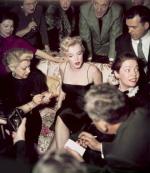 (A photograph by Milton H. Greene taken at his house in 1956. Monroe lived there during the filming of Bus Stop.By Milton H. Greene/© 2008 Joshua Greene/ archiveimages.com).
(A photograph by Milton H. Greene taken at his house in 1956. Monroe lived there during the filming of Bus Stop.By Milton H. Greene/© 2008 Joshua Greene/ archiveimages.com).
The California Senate Bill No. 771, jokingly known as “the Dead Celebrities Bill,” was passed without objection and signed into law in October 2007 by another former movie star, Governor Arnold Schwarzenegger, extending the ability of all celebrities to confer publicity rights for their image after their death, provided they were residents of California. (Prior to then, judges in two federal cases had ruled that only those who died after December 31, 1984, could bequeath rights of publicity.)
The New York State legislature had tabled a similar bill, despite support from Al Pacino and the widow of baseball legend Jackie Robinson. So establishing Monroe’s legal residence—whether 444 East 57th Street in New York City or 12305 Fifth Helena Drive in Los Angeles—became critical in determining whether the Strasbergs had the right to control Marilyn’s image.
At this point Anderson and Professor Banner became concerned that Conroy might attempt to sell the archive rather than risk having to surrender it to the Strasbergs. In late October, Anderson explained, “David Strasberg went around to Mill’s house with two lawyers, and apparently Mill was upset and kept saying, ‘I don’t know why Mark and Lois did this to me. I’d never sell! Why would I do that?’ It was really funny, because there was a little note in his handwriting on the back of a white envelope that said, ‘Sell to [autograph dealer] Todd Mueller for 3 million.’ ” At one point, Anderson claims, Conroy “looked me straight in the face and told me to kill the Vanity Fair piece. That meant only one thing: he was going to sell [the collection].”
On January 9, Todd Mueller, president of Autographs by Todd Mueller, Inc., confirmed that Conroy had indeed contacted him about selling the collection. “It sounded like he had some amazing stuff,” said Mueller, “including the half-drunk bottle of champagne she used to wash the pills down that night. But I told Mill, ‘Make sure you have clear title to all this because I don’t want to deal in stolen products. I don’t want Anna Strasberg to come after me.’ ”
Let’s Make It Legal
On October 25 the Monroe estate sued Conroy in Los Angeles Superior Court. They got a court order to take possession of his entire collection: the two file cabinets and their contents, the furs, jewelry, and handbags. They carted everything away—in a scene not unlike the unforgettable image of Marilyn’s body being wheeled out of her house on a gurney 45 years earlier. A few months after the archive was removed from his home, Conroy finally made peace with the Strasbergs, settling on undisclosed terms with his former adversaries. Mueller believes “Mill realized that he would die with this stuff still in his house if he didn’t come to some understanding with the Strasbergs. Because I told Mill, ‘I’ve never seen a U-Haul truck following a hearse.’ ” The collection now sits in a bank vault in downtown Los Angeles, under 24-hour armed guard.
Anderson and Conroy have completely fallen out. “If this were Reservoir Dogs,” Anderson says in his last shot against his nemesis, “Mill wouldn’t be Mr. Pink or Mr. White. He’d be Mr. Greed.” Anderson told Vanity Fair in late summer that he and Conroy are hoping to come to an agreement of some kind where Conroy will share in the profits of the planned coffee-table book. But Conroy feels betrayed by Anderson. “It was Mark who acted shamefully, betraying my trust when he called in the Strasbergs,” he told me in a phone call shortly after New Year’s. What he didn’t know, however, was just how far Anderson had gone to establish the rightful ownership of the collection. On January 11, I received a phone call from Anderson, in which he somewhat sheepishly admitted, “I’m going to tell you something. I wrote that anonymous letter to David Strasberg. I was scared, and I was furious at Mill.”
As for Professor Banner, caught in the middle, she hopes that the collection will eventually be housed in a university library or a museum: “I like to think that Marilyn would be grateful to us for preserving all this material and not having the vultures go after it.” Anna Strasberg agrees with Banner that, “as more material is collected that belongs to her estate, we can see more of the real Marilyn and not the caricatures.… My husband, Lee,” she adds, “was her teacher, her mentor, but most of all Marilyn’s friend. I am not only protecting her legacy and image; I am honoring my husband’s wishes.”
As of March 2008, however, a ruling was issued in the U.S. District Court in Los Angeles that may curtail the Strasbergs’ control of Marilyn Monroe’s posthumous image. In the suit brought by photographers hoping to reproduce images of Monroe without paying licensing fees, Judge Margaret Morrow decided that because in the 1960s the Monroe estate had claimed New York residency for tax purposes she became subject to legislation in New York, where her “right of publicity” ended with her death. The Strasbergs plan to appeal the ruling, but until then, Marilyn Monroe—at least in California—seems to belong freely to the public.
It’s possible that the letters from T. S. Eliot to Marilyn Monroe—though still missing—are genuine. The great poet, after all, was also a playwright who loved the theater, and he met and corresponded with Groucho Marx. Could the signature “Gookie” or “Googie” have been a playful reference to Eliot’s cat Georgie?
The Kennedy letters remain a mystery. Mark Anderson insists that he once held them in his hands, describing them as “polite, practically bread-and-butter notes from Hyannis and the Kennedy White House.” He also recalls reading a letter written by Marilyn to President Kennedy, about how handsome he had looked on television, in his presidential leather jacket, watching naval maneuvers from the deck of a ship. If there are Kennedy letters to Marilyn—and I believe that there might well be—they have been kept safe by someone in Marilyn’s circle. Because—come closer—when Inez Melson was going through Marilyn’s papers in the house on Fifth Helena Drive, Marilyn’s New York apartment was absent its famous tenant, and papers kept there were similarly removed after her death. Could one of Monroe’s New York friends have entered her apartment on August 5, 1962?
Like a movie run backward, we always begin with Marilyn Monroe’s death. It throws its eerie light on everything that came before it—it might even be how we’ve come to watch her films and study her in still photographs. But, for now, the last clues to Marilyn Monroe’s life—and to the mystery of her death—remain locked in a bank vault in the city of lost angels, the city of her star-crossed birth.
Sam Kashner has written about Sammy Davis Jr., Natalie Wood, and the movie The V.I.P.s for Vanity Fair.

/image%2F1211268%2F20240504%2Fob_d6bf56_banner-mm-2024-05-spring-summer-1.jpg)
/image%2F1211268%2F20240410%2Fob_40c4f9_blog-gif-mm-niagara-1-3.gif)
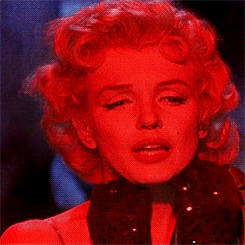
/image%2F1211268%2F20240417%2Fob_0b0d56_2024-03-lee-mexique.jpg)
/https%3A%2F%2Fstorage.canalblog.com%2F19%2F65%2F312561%2F91436129_o.jpg)
/https%3A%2F%2Fstorage.canalblog.com%2F57%2F63%2F312561%2F127743382_o.jpg)
/https%3A%2F%2Fstorage.canalblog.com%2F98%2F05%2F312561%2F84823731_o.jpg)
/https%3A%2F%2Fstorage.canalblog.com%2F01%2F63%2F312561%2F84814201_o.jpg)
/https%3A%2F%2Fstorage.canalblog.com%2F66%2F21%2F312561%2F82823948_o.jpg)
/https%3A%2F%2Fstorage.canalblog.com%2F32%2F31%2F312561%2F124125043_o.jpg)
/https%3A%2F%2Fstorage.canalblog.com%2F31%2F08%2F312561%2F71448014_o.jpg)
/https%3A%2F%2Fstorage.canalblog.com%2F34%2F90%2F312561%2F81829009_o.jpg)
/https%3A%2F%2Fstorage.canalblog.com%2F18%2F35%2F312561%2F61120383_o.jpg)
/image%2F1211268%2F20240410%2Fob_9f471d_blog-gif-mm-syi-1.gif)

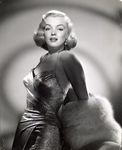




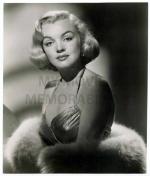


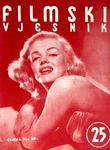

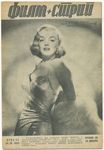
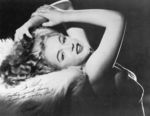
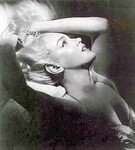
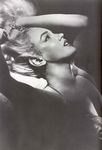
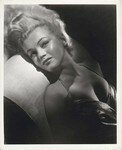


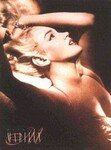
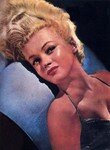
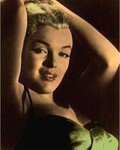
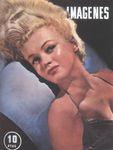
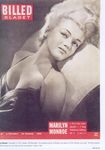











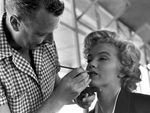

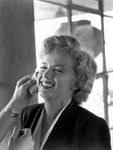
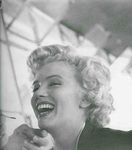

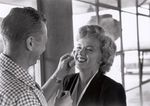





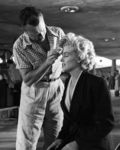


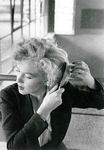
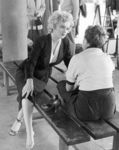


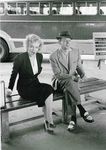
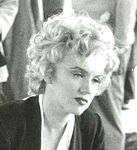


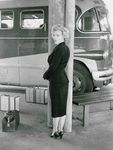


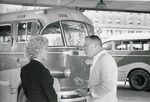









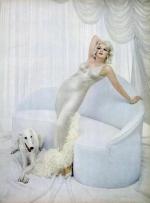





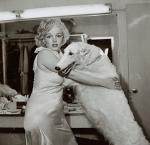






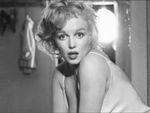
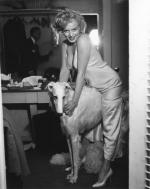
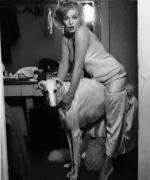

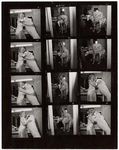







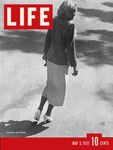


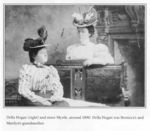
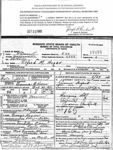



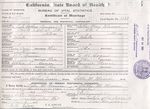
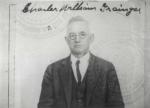


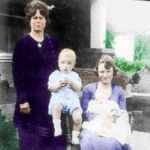


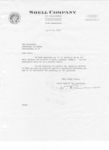
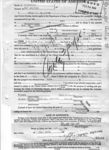






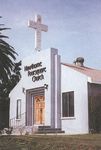
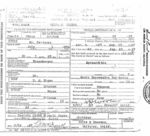
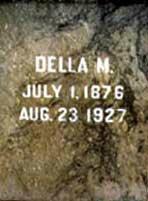

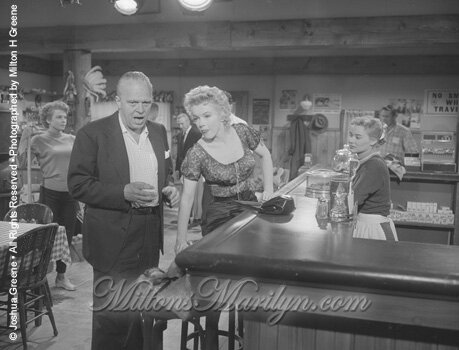
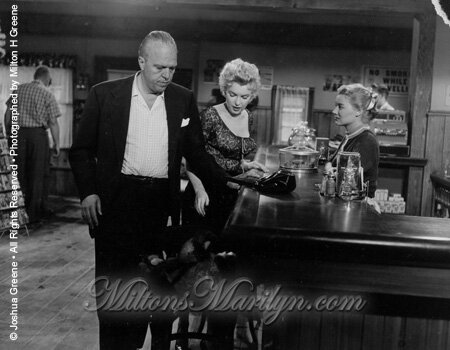
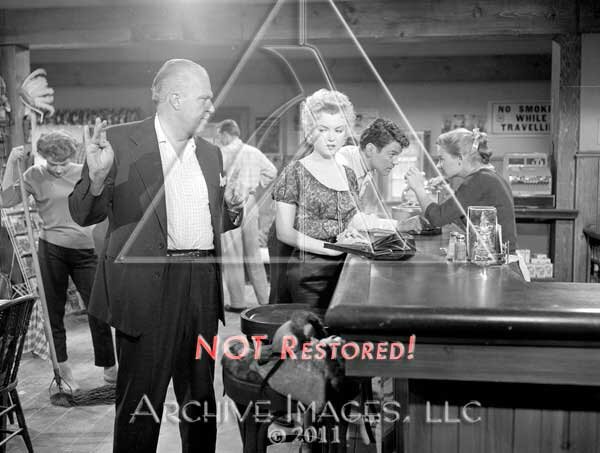
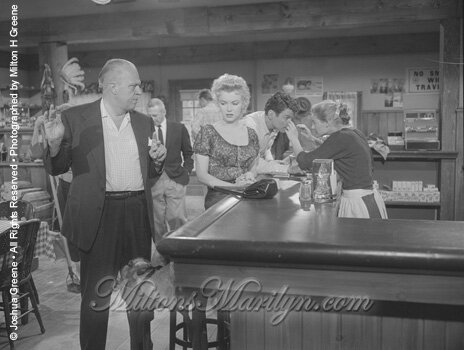
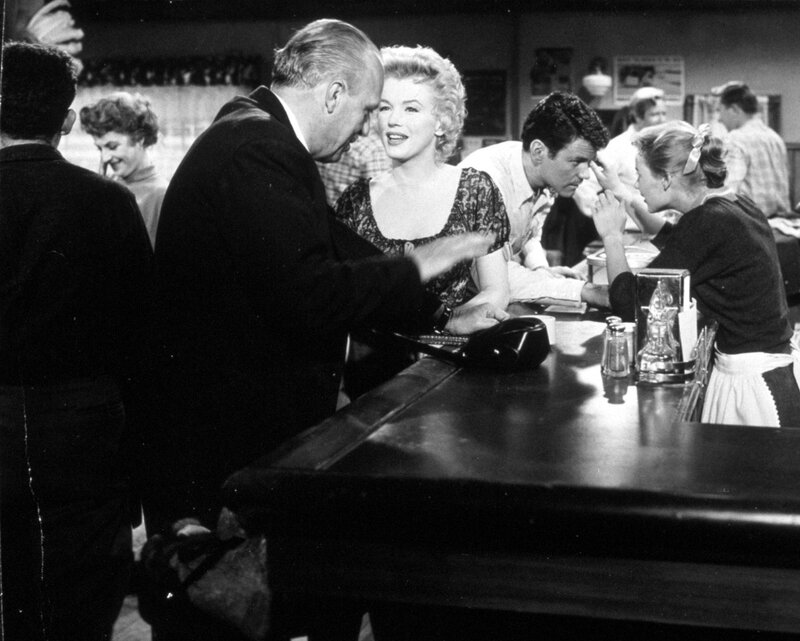

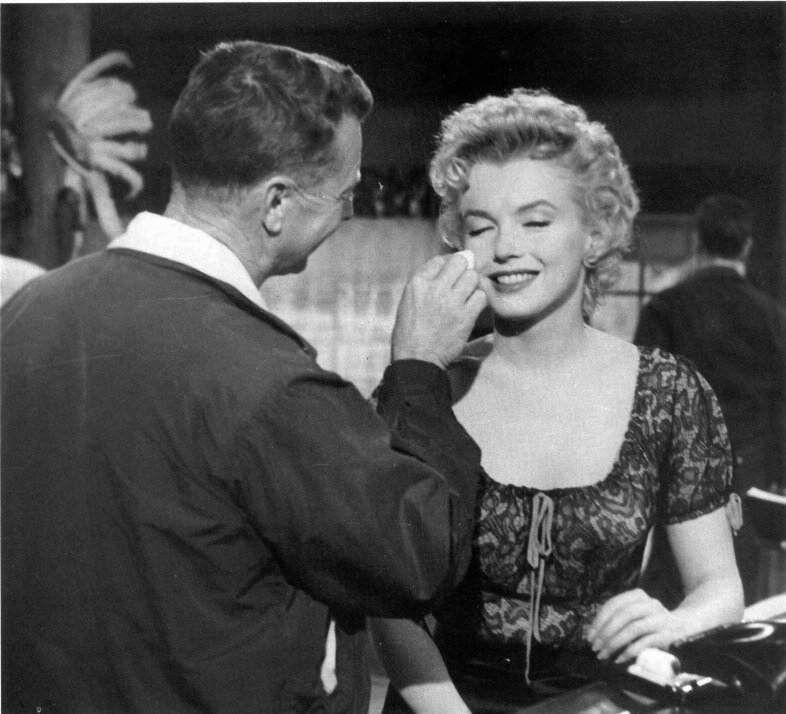
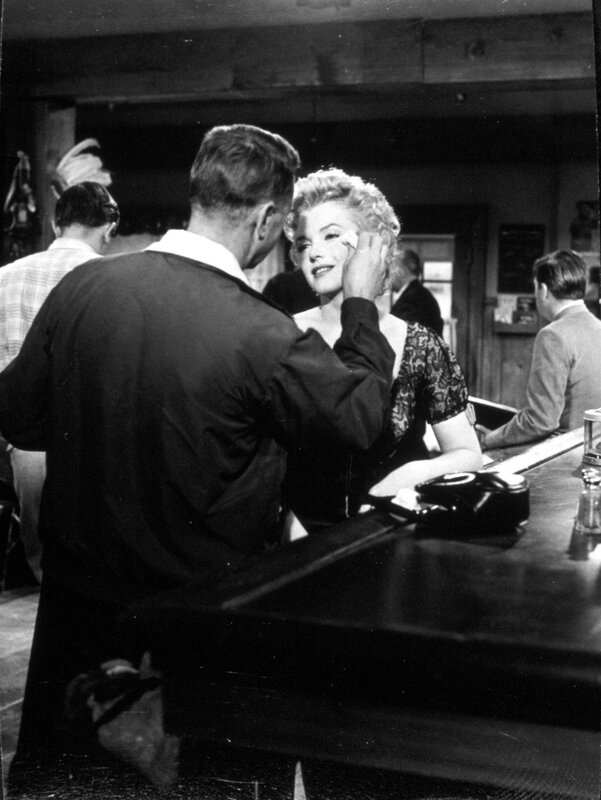
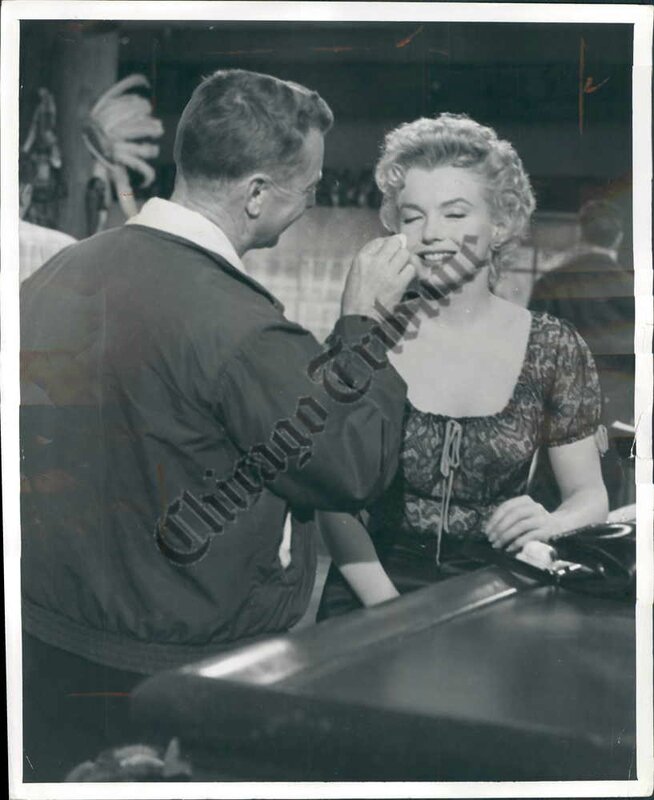
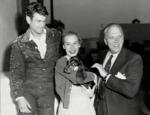
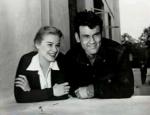
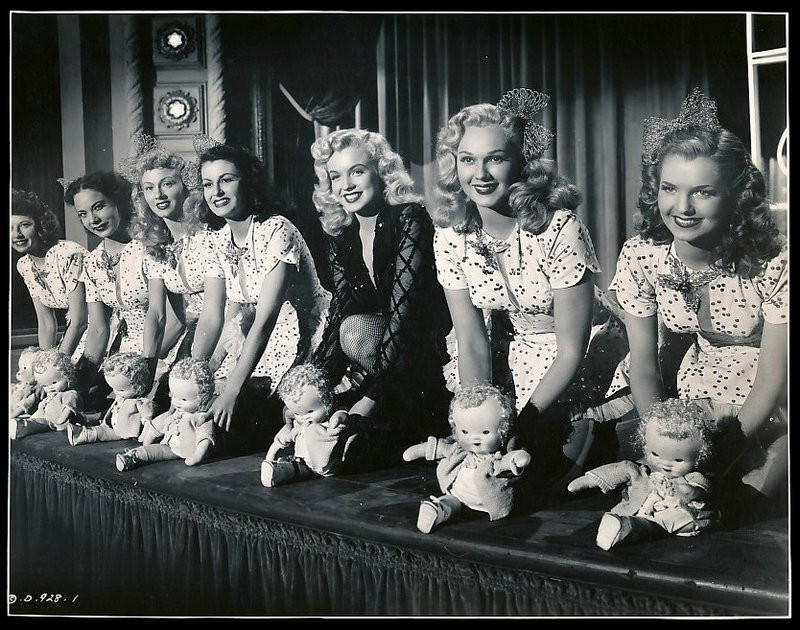

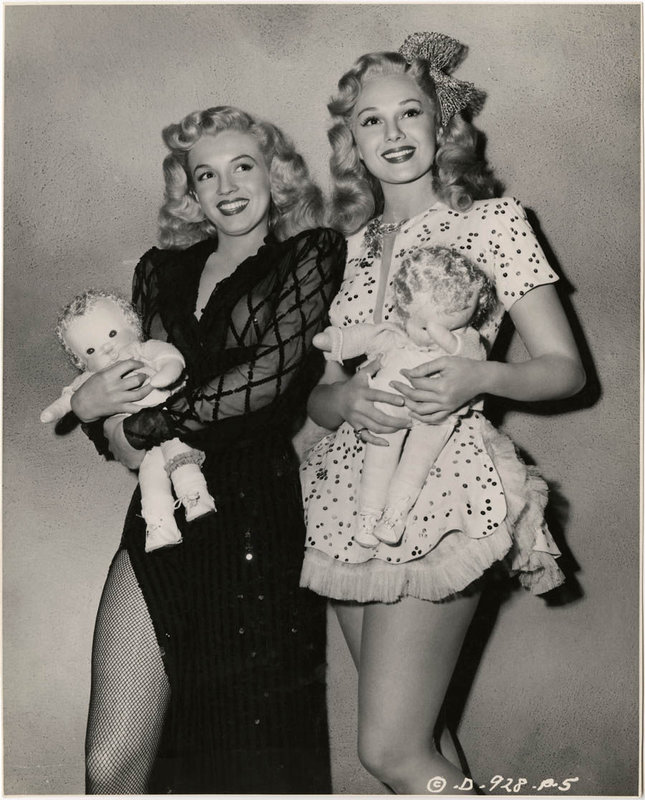



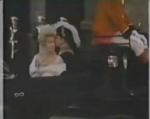
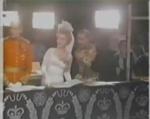
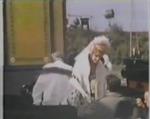

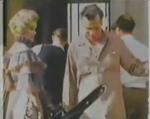
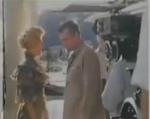
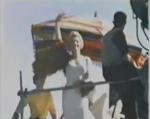


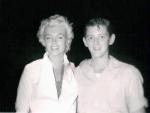

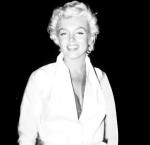
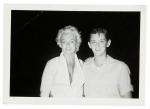

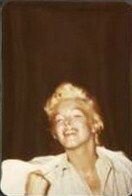
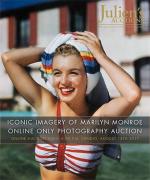
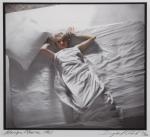
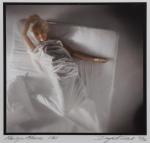


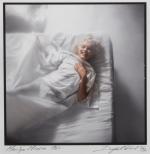


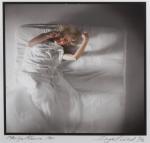
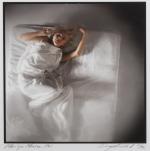
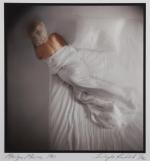
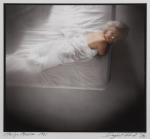


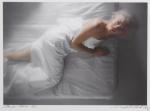







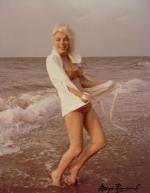


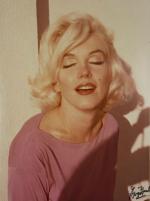
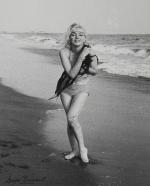
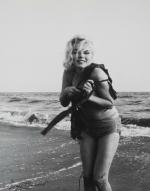

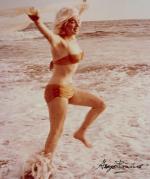



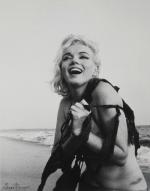
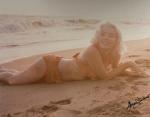
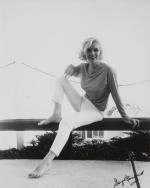
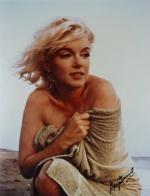
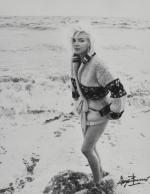
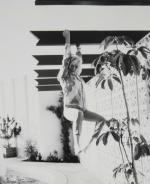

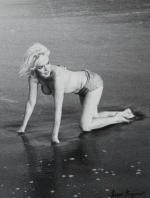
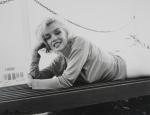
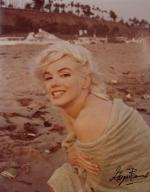
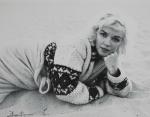

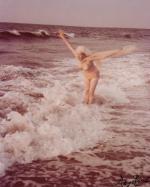


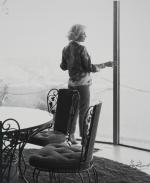
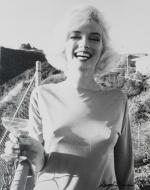
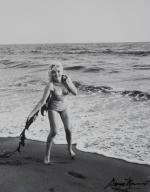



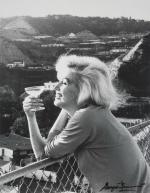
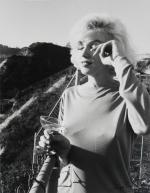
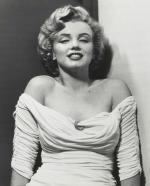


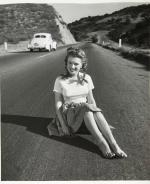



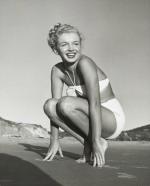
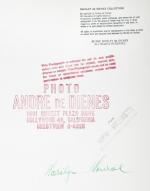
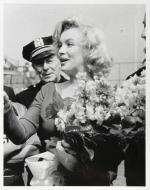
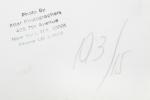
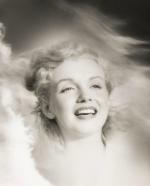






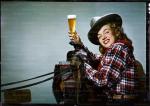




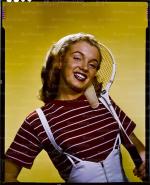

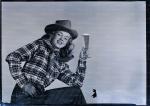
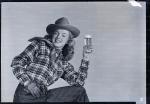

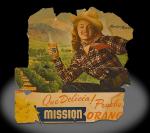


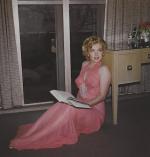


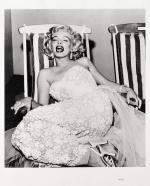
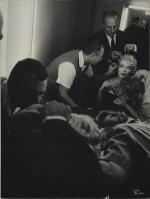

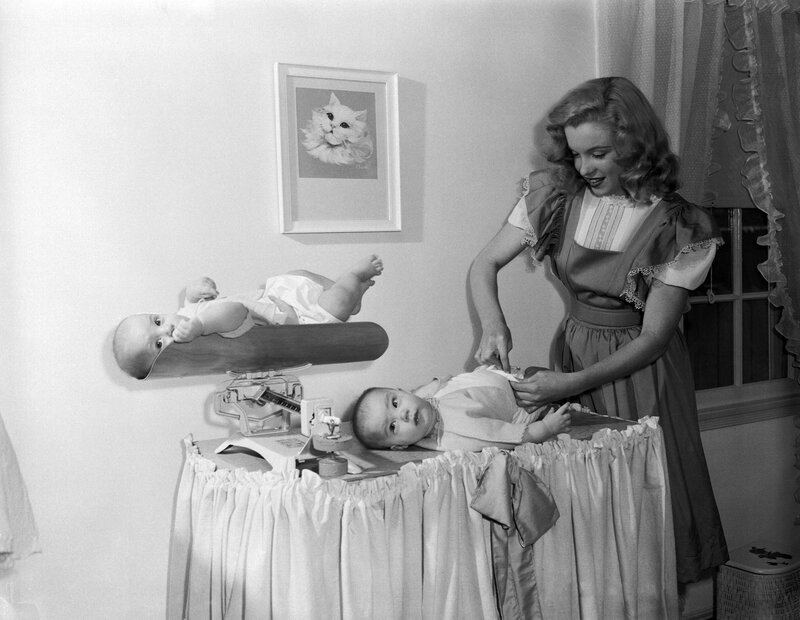


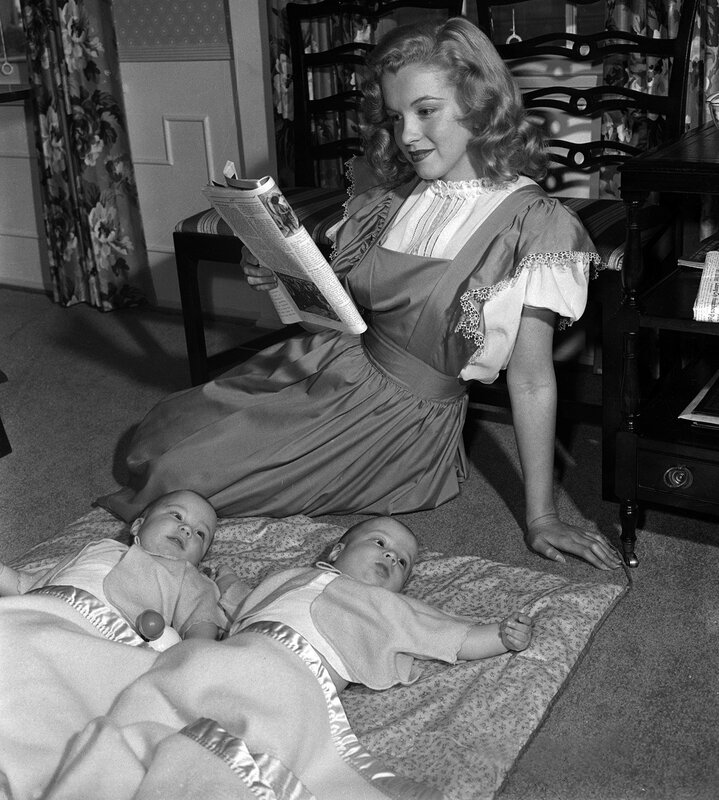
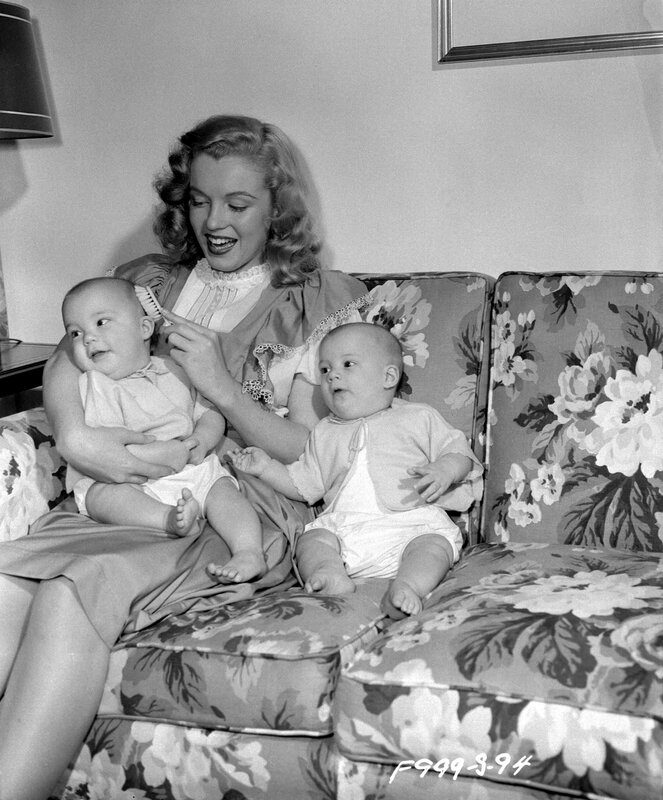

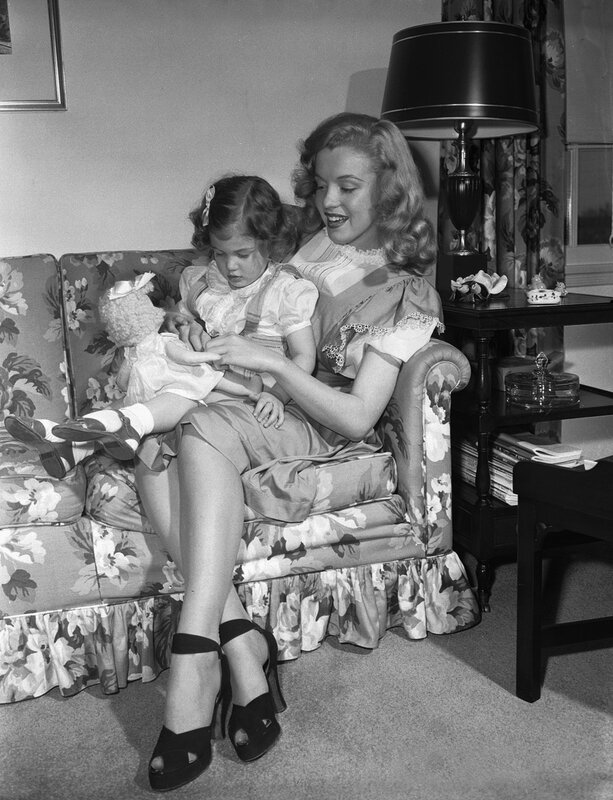







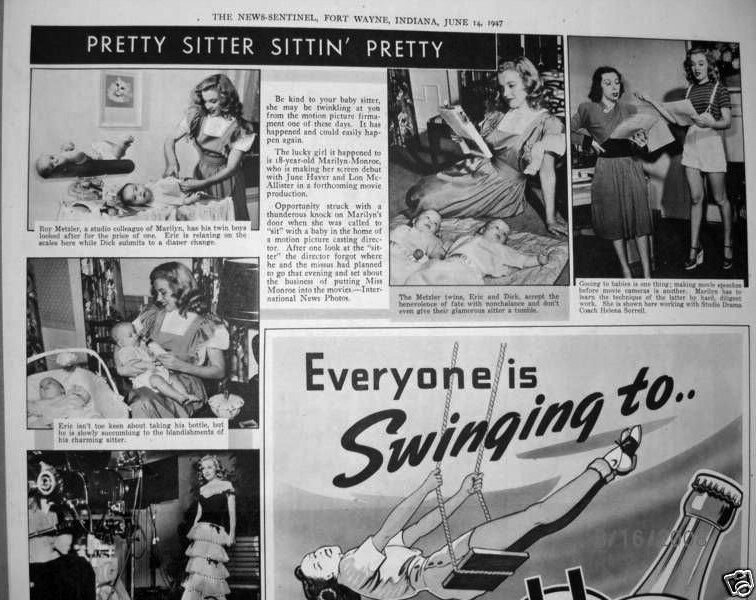




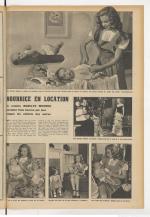






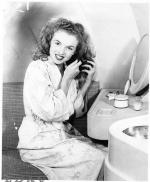

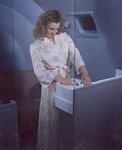


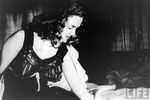

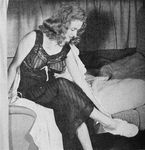





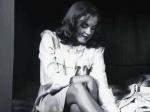




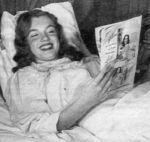



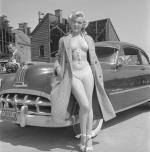


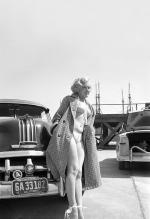

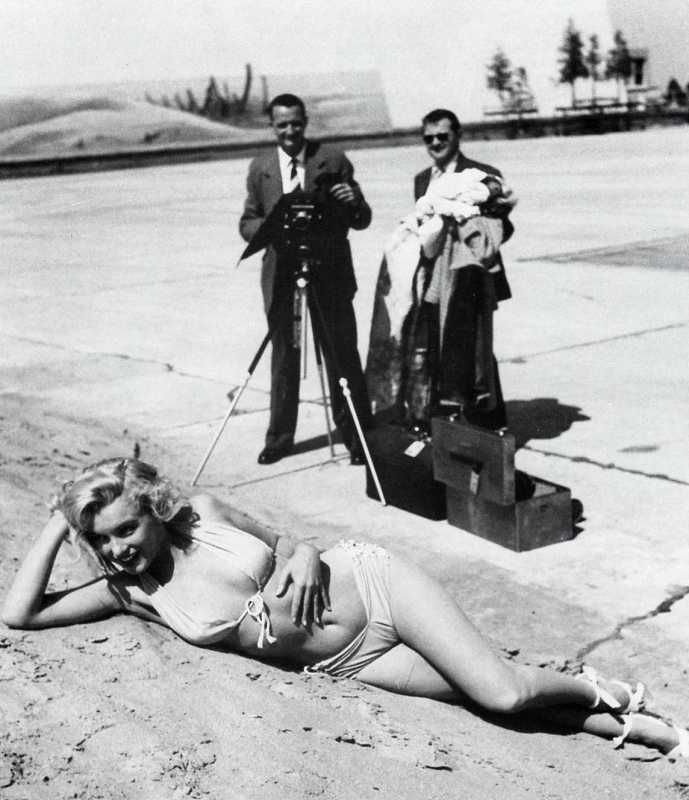











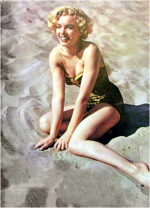



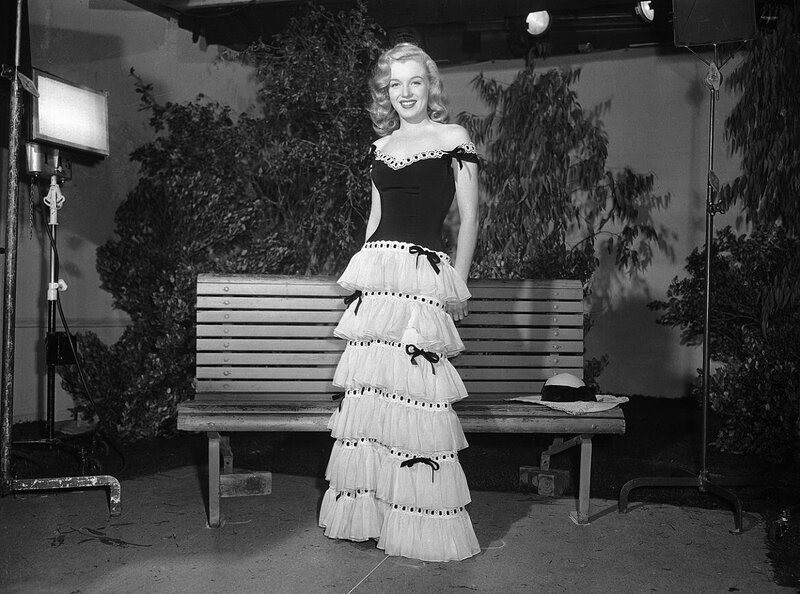
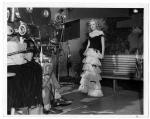











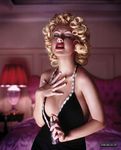
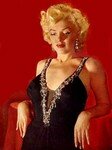
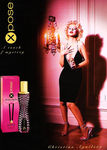




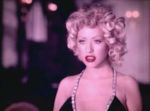

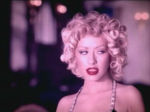
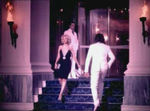
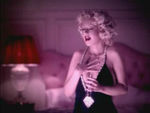
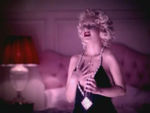
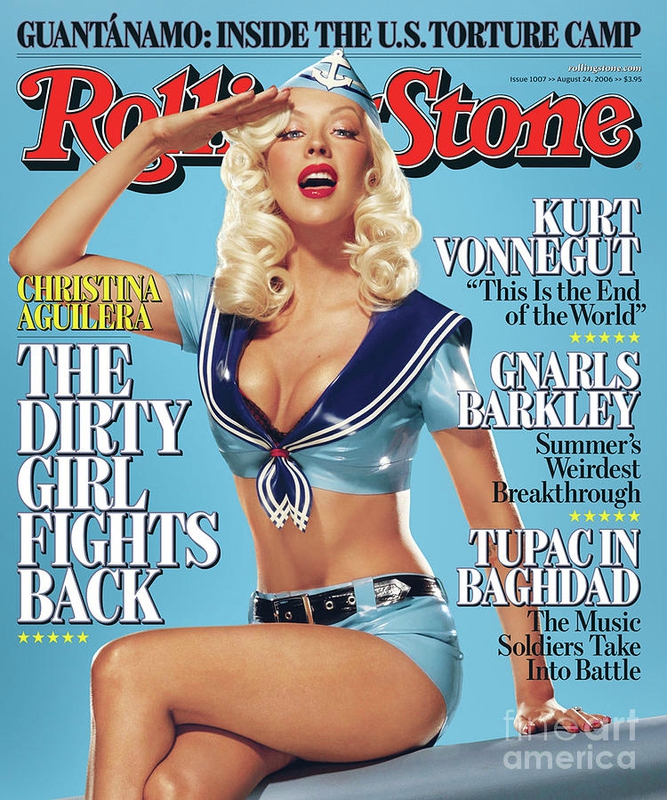










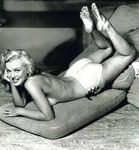





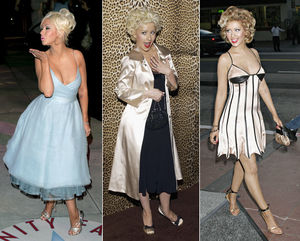

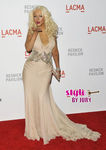





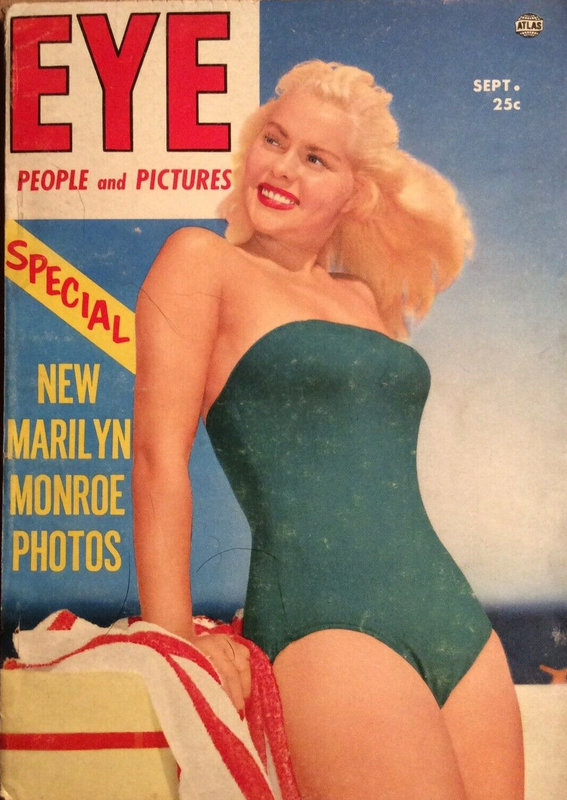
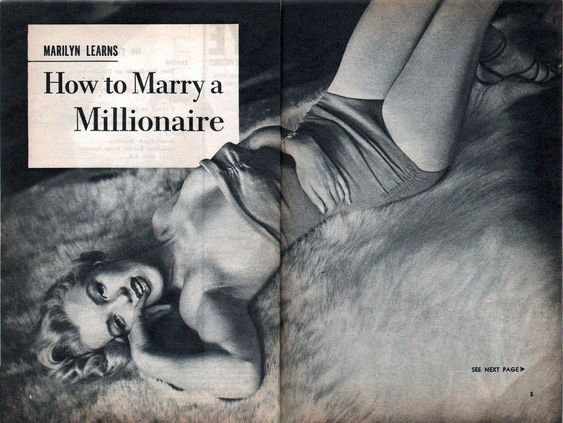
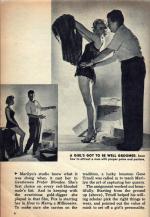


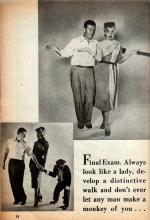

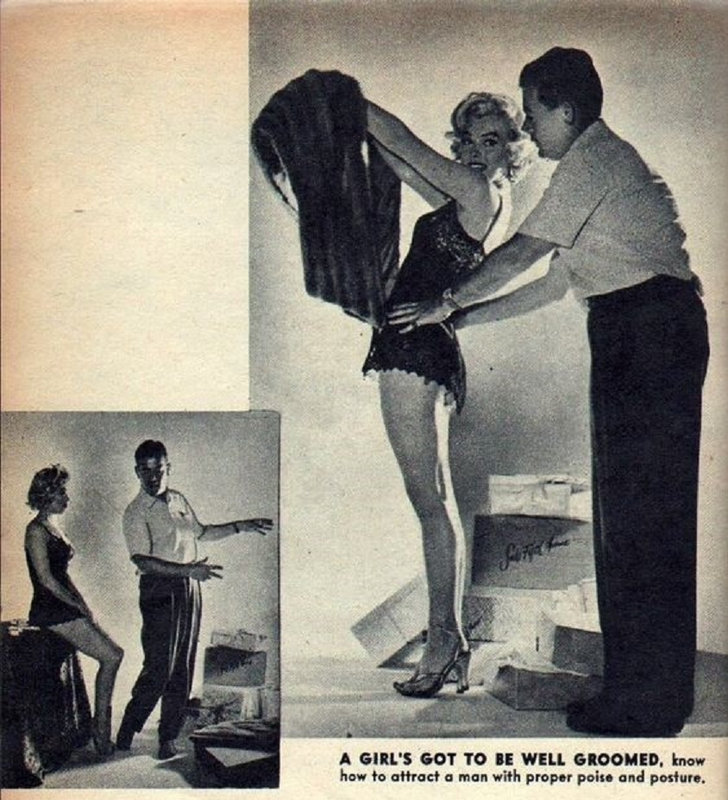
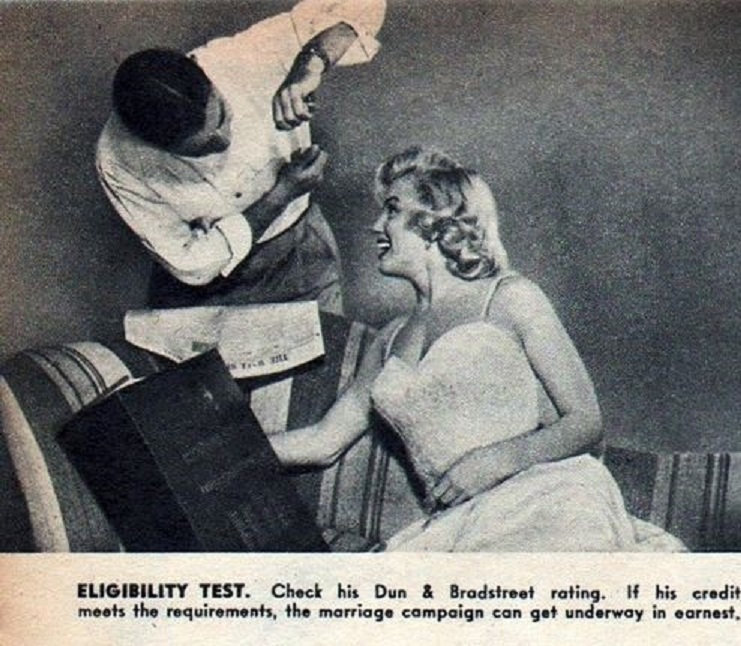

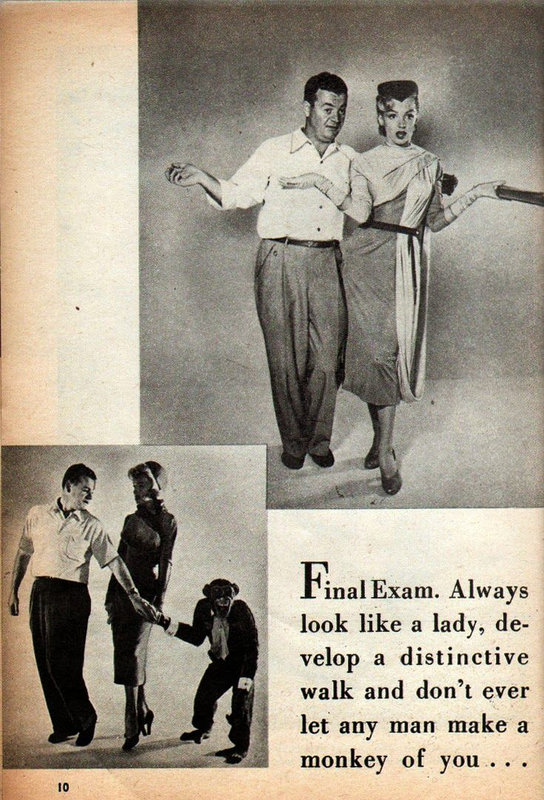
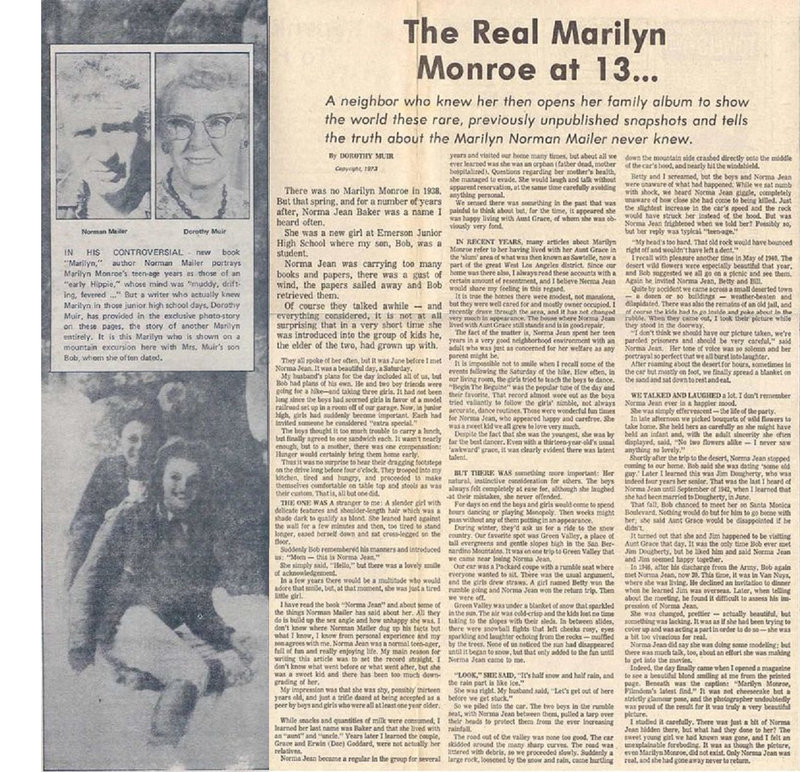

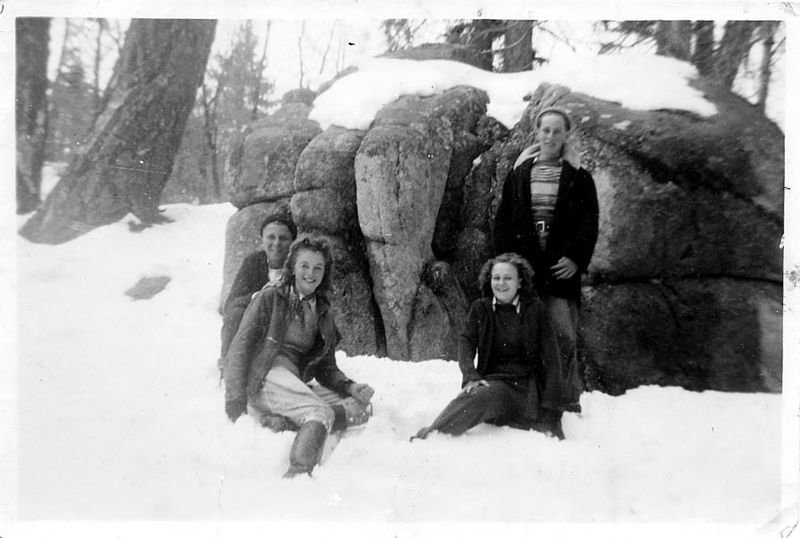


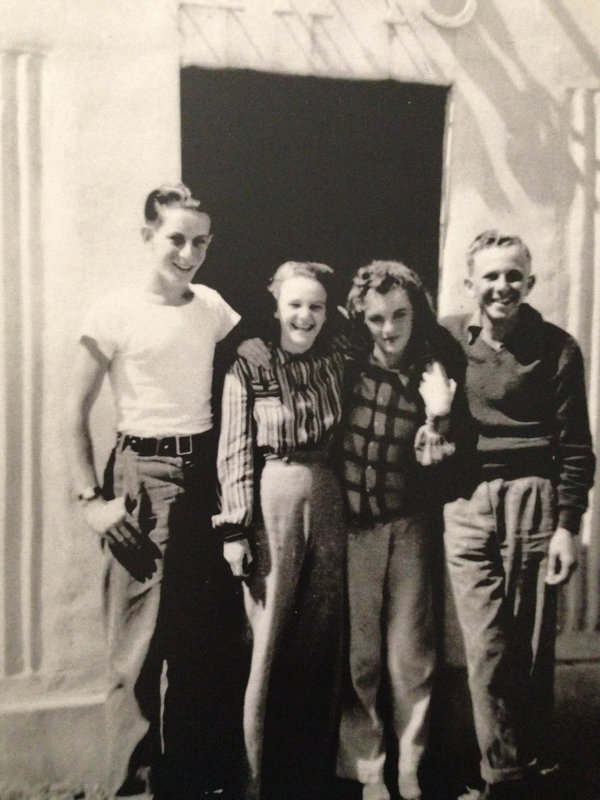
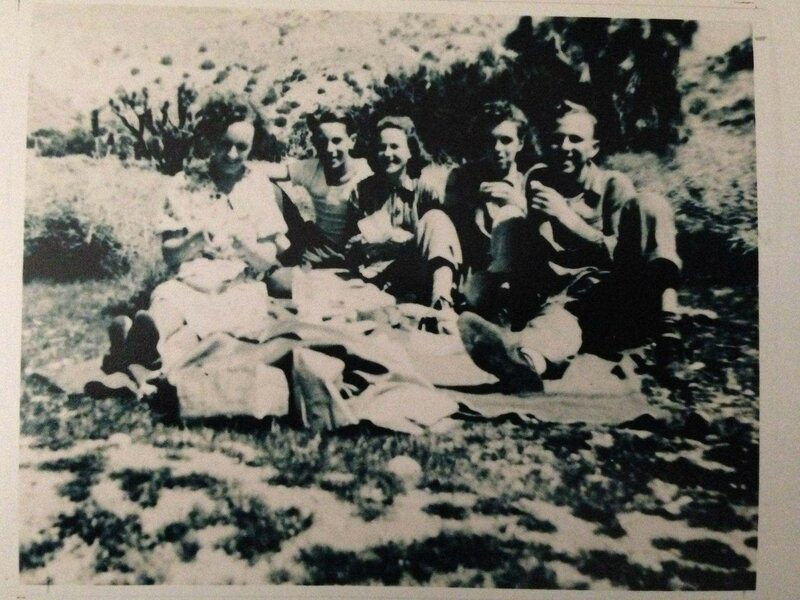
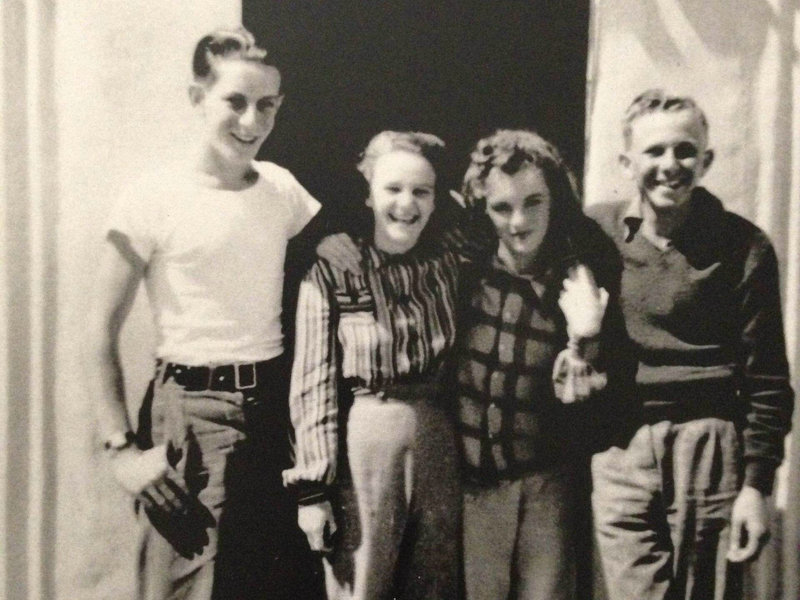




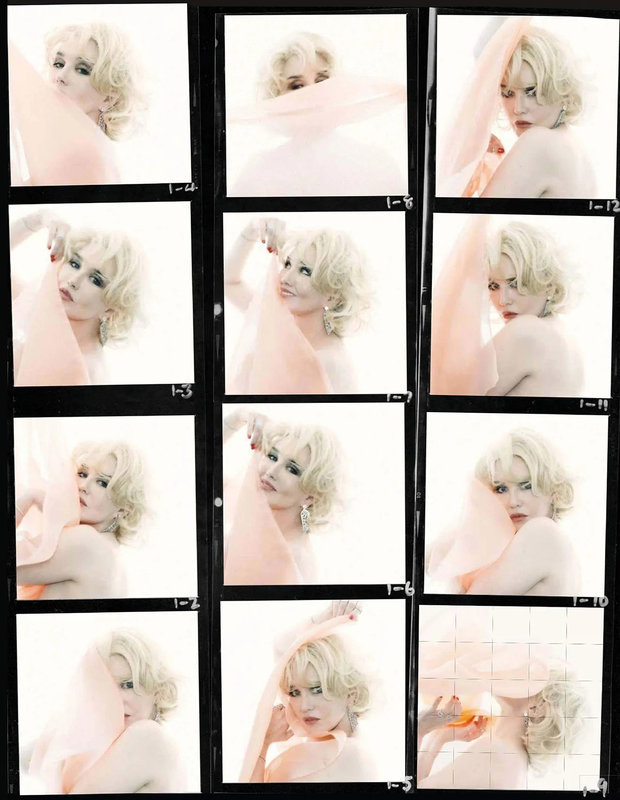
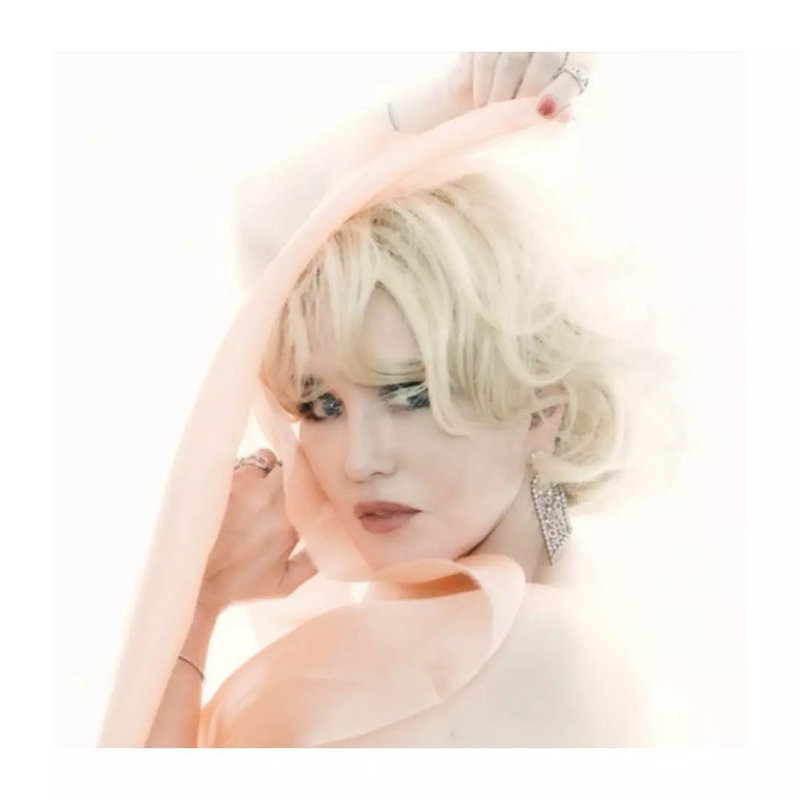
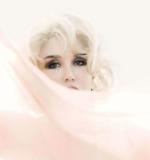





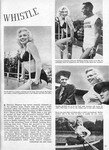

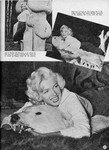




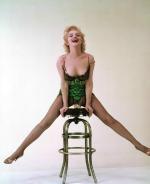




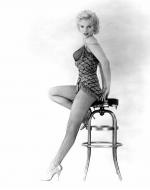

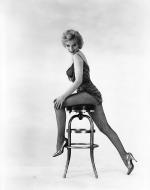
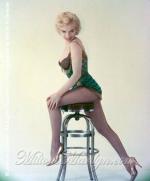
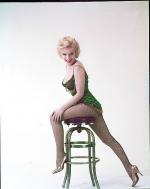


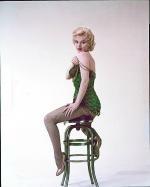
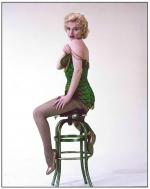



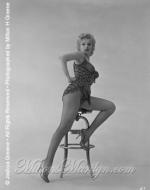
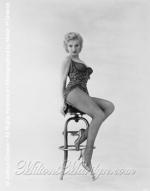
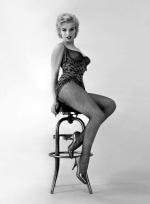


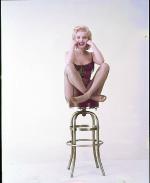





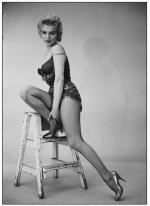
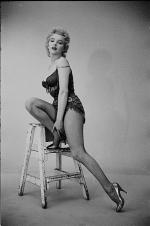



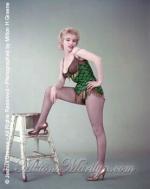
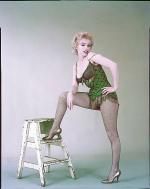

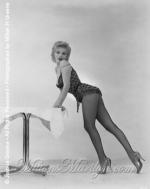





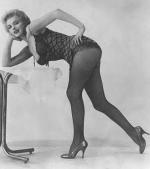


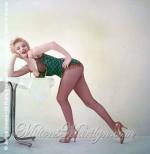

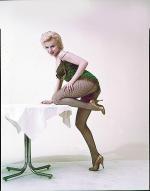


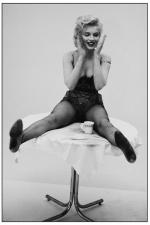
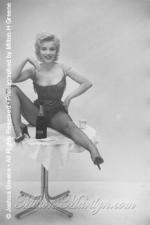


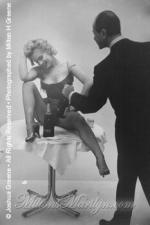

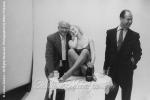
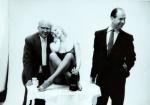
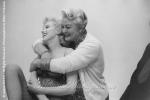


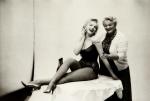
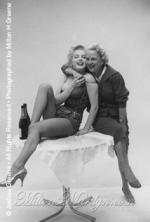

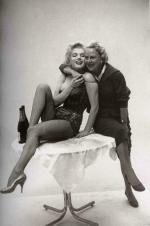
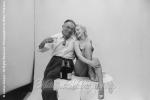

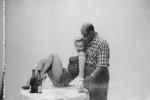
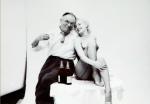
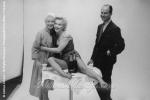



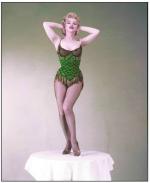

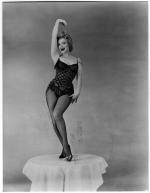





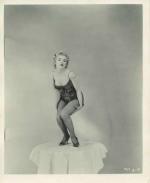
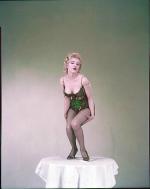

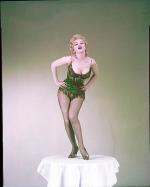


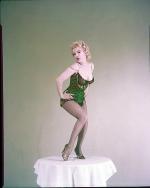



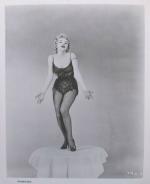
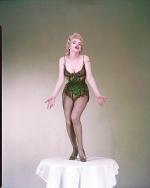



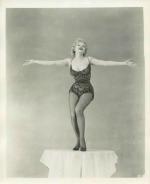
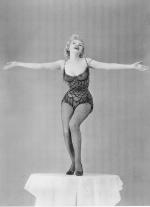

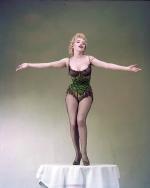
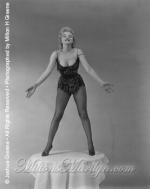


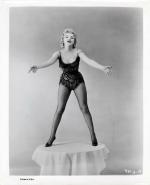
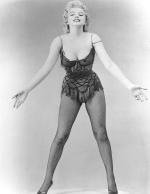
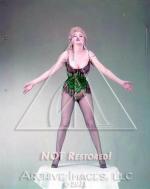

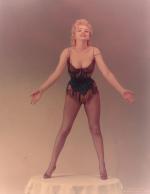



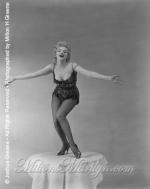
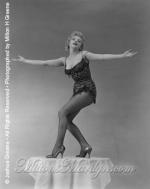

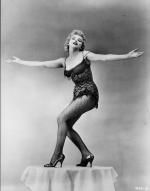


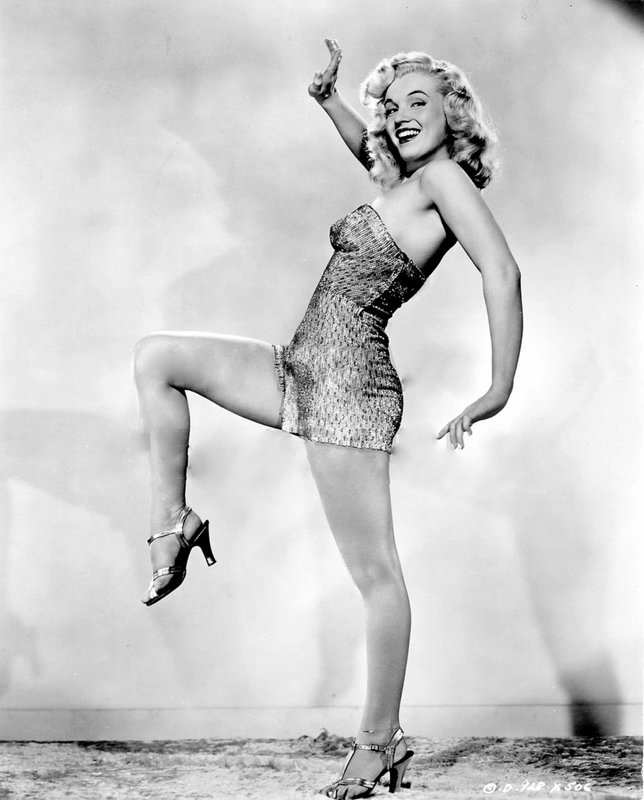
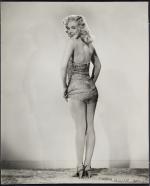
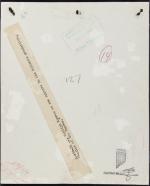
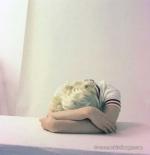
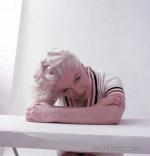


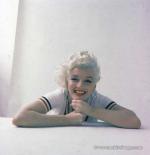




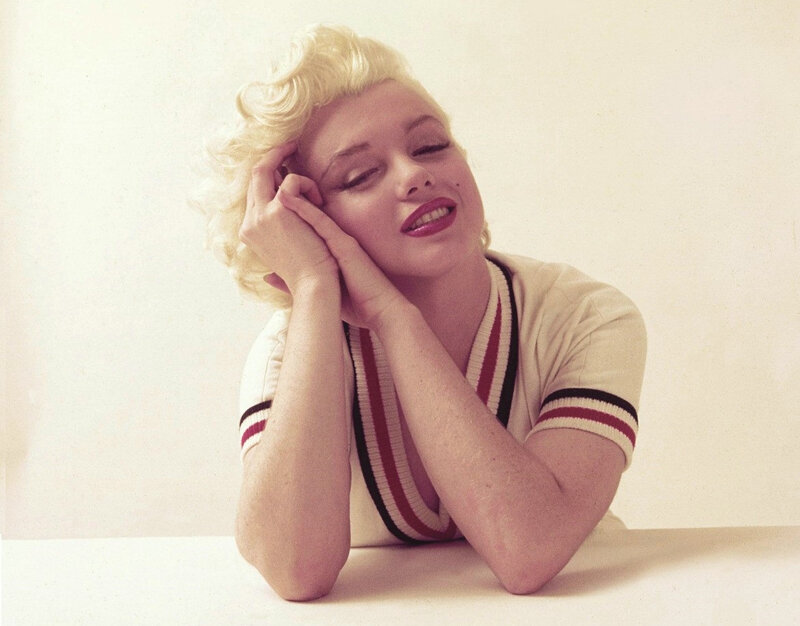

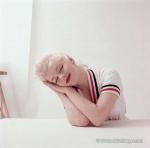

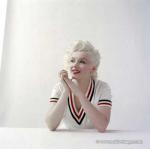


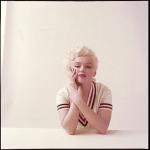


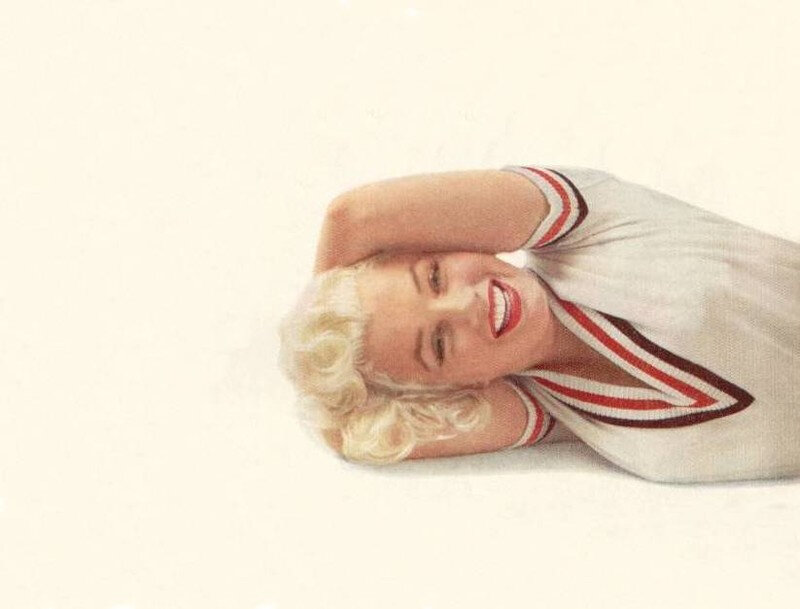

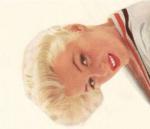


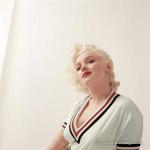
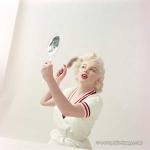


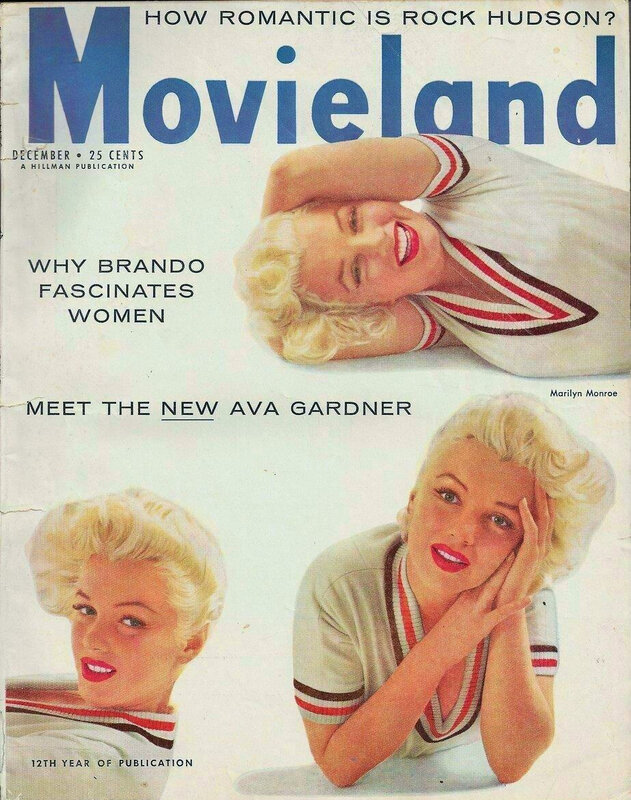
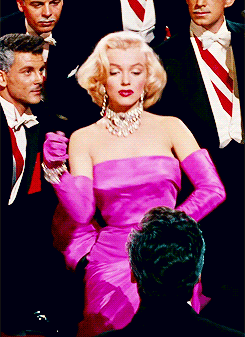
/image%2F1211268%2F20240229%2Fob_66f2c6_tag-mm-public-martin-lewis-show-1.png)
/image%2F1211268%2F20240410%2Fob_07cb4a_blog-gif-mm-stern-1.gif)
/image%2F1211268%2F20240504%2Fob_65c759_blog-gif-mm-premiere-3.gif)
/image%2F1211268%2F20240301%2Fob_735dec_blog-liens-culture.jpg)

/image%2F1211268%2F20240302%2Fob_e11252_blog-liens-friends-jane.gif)